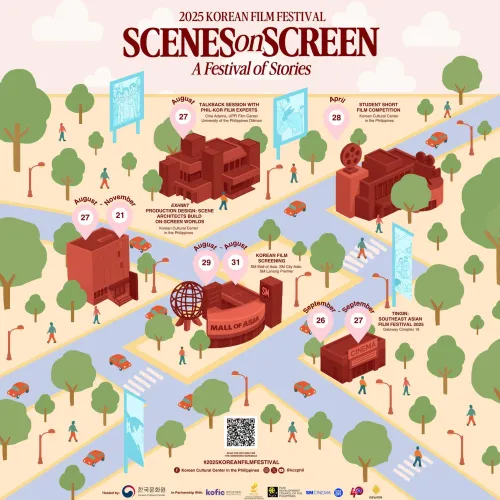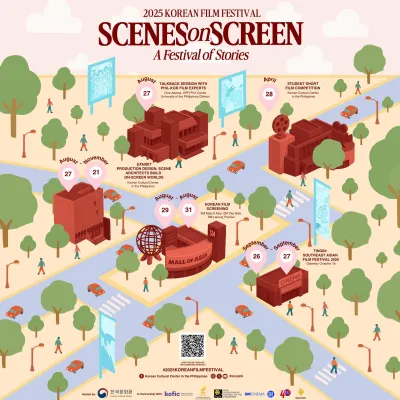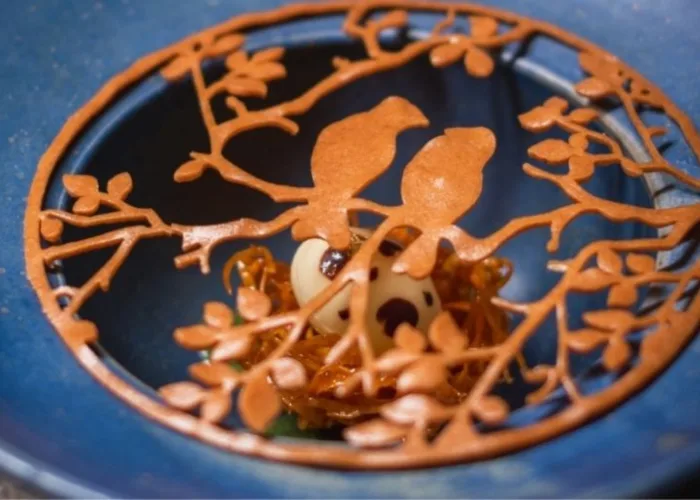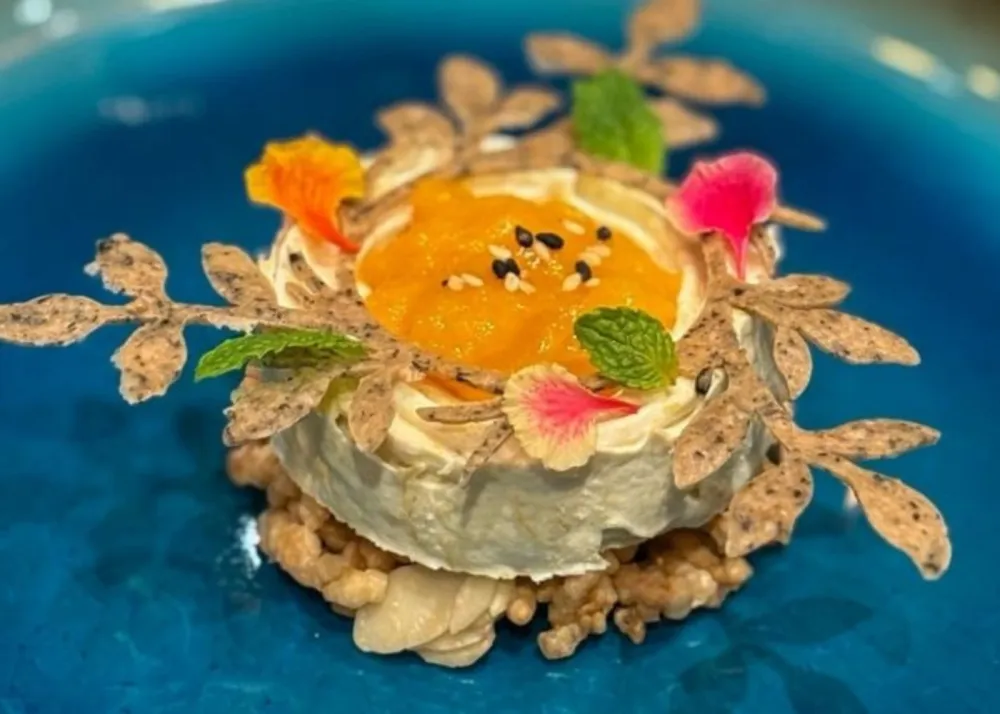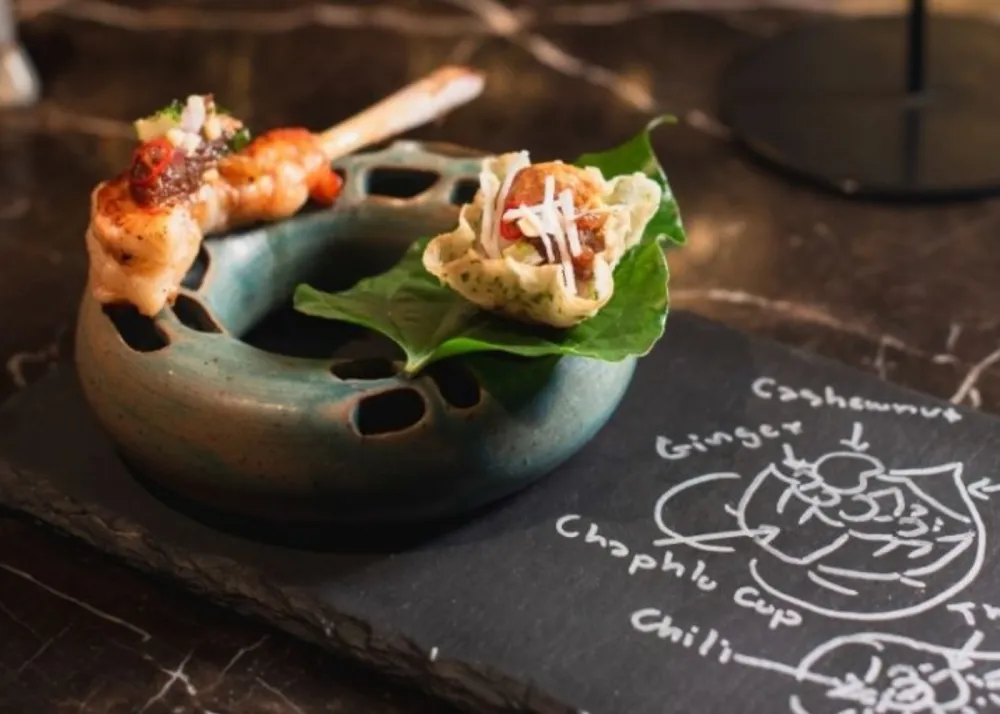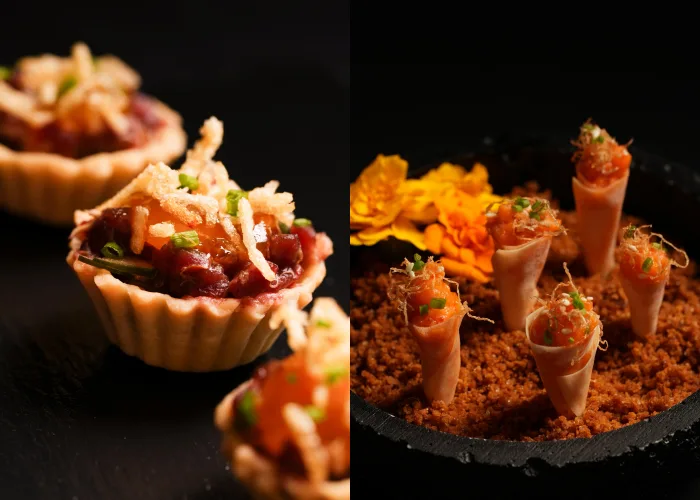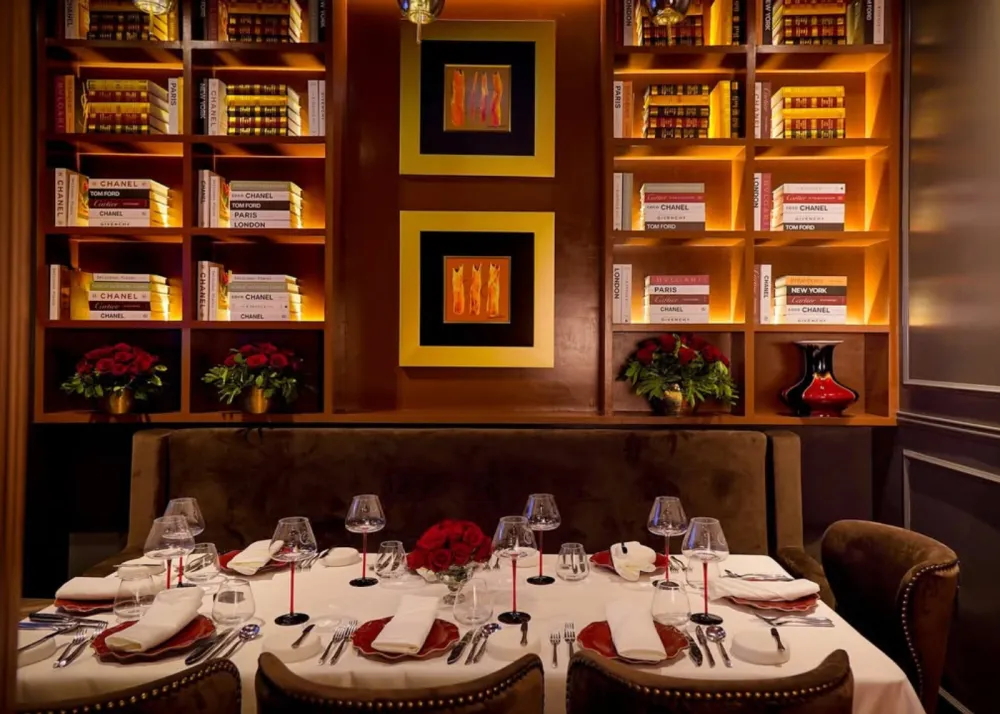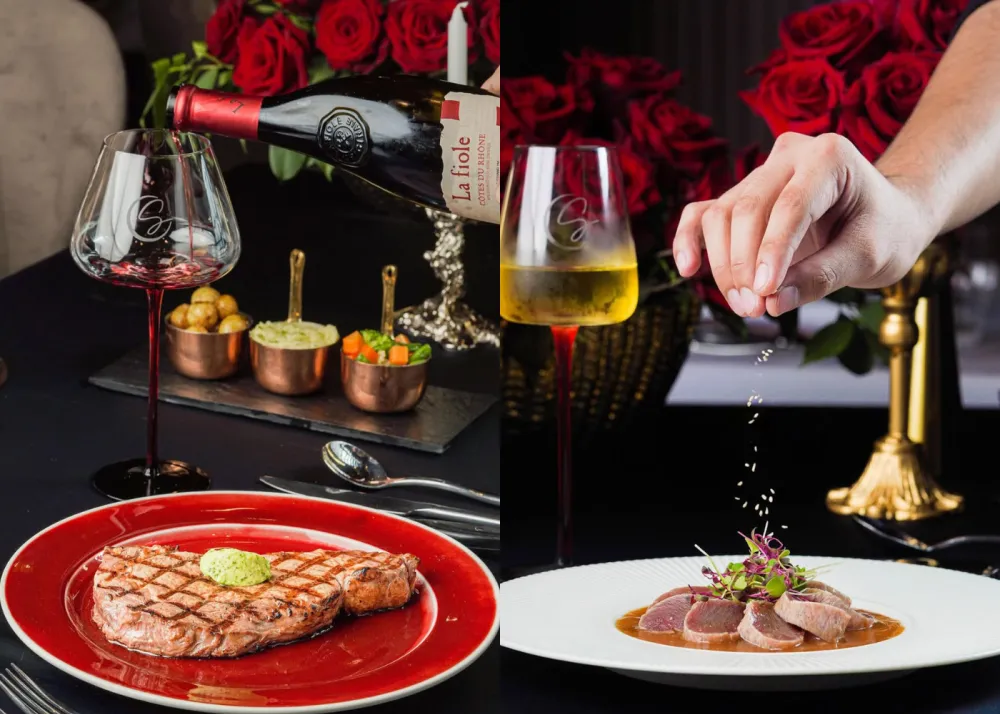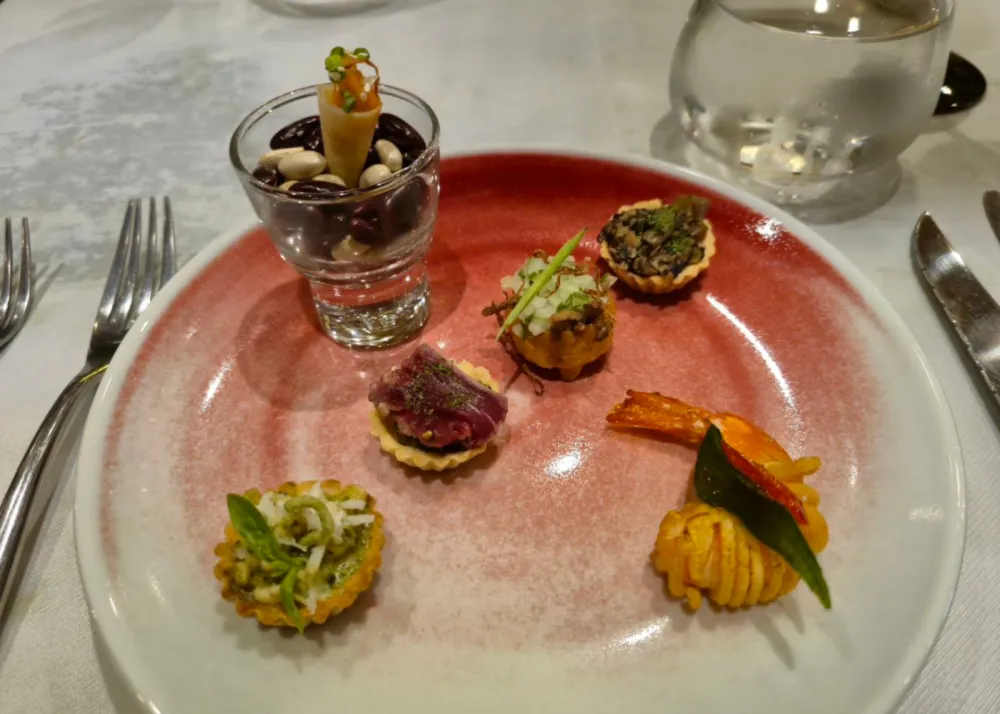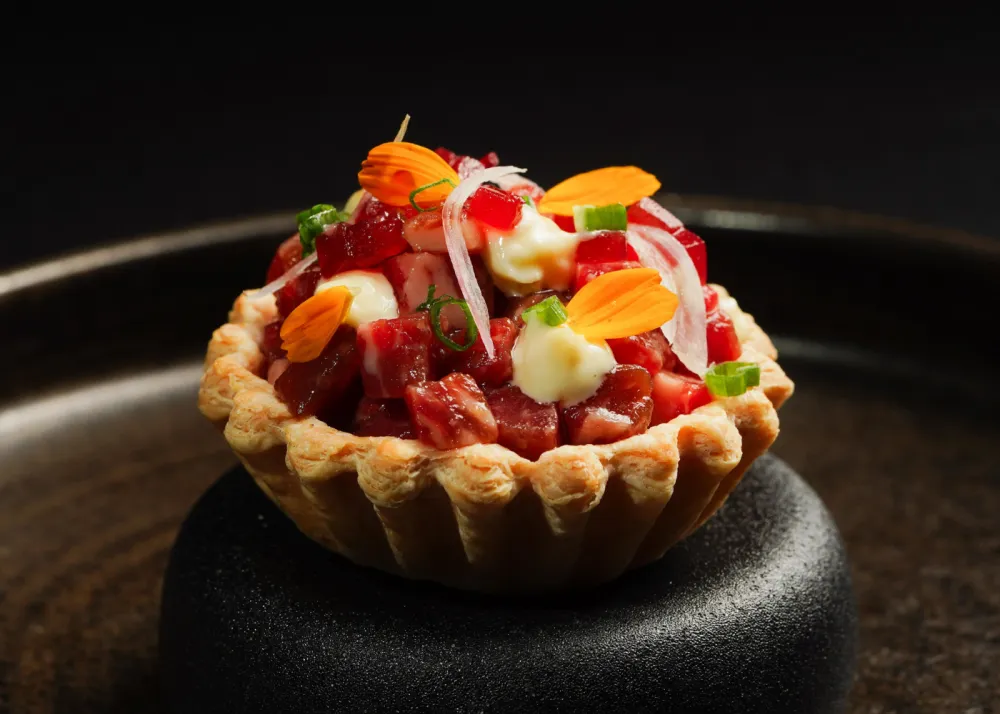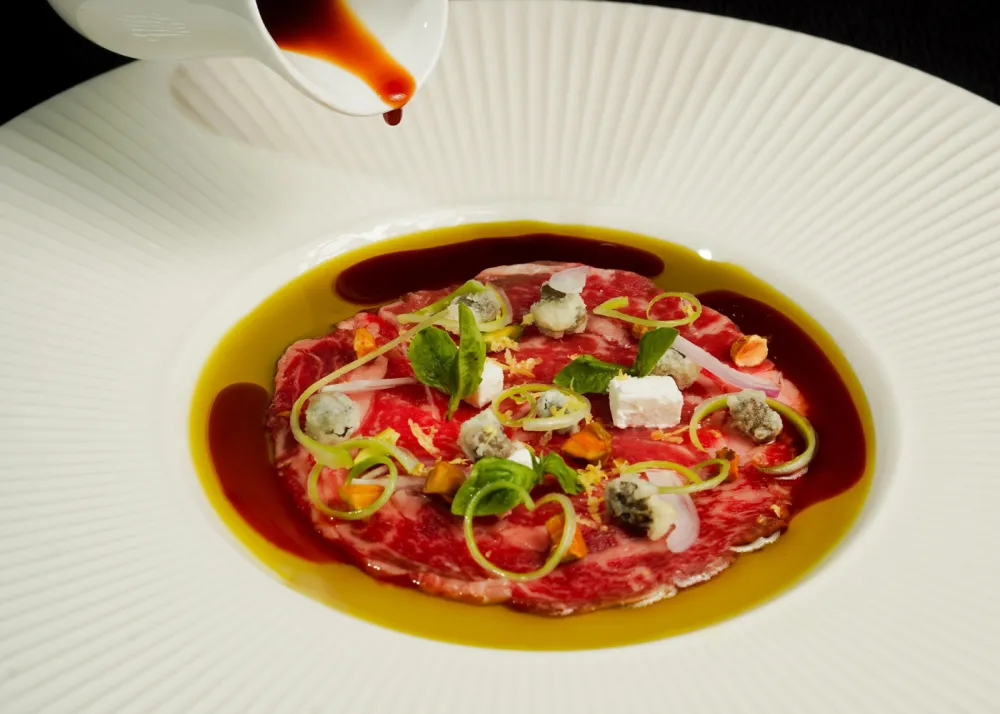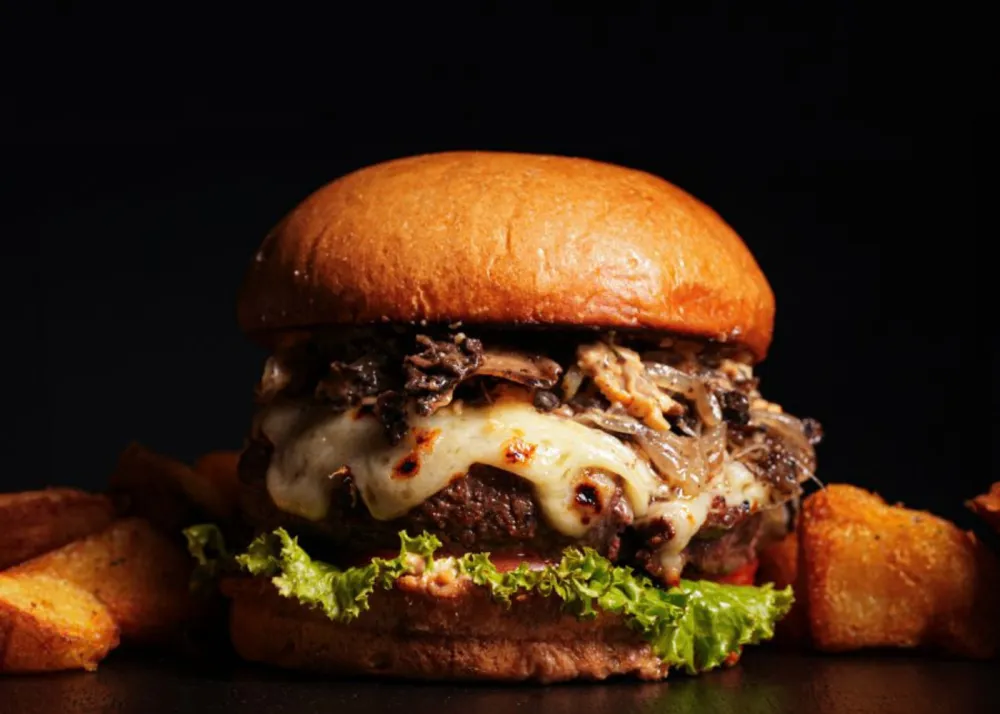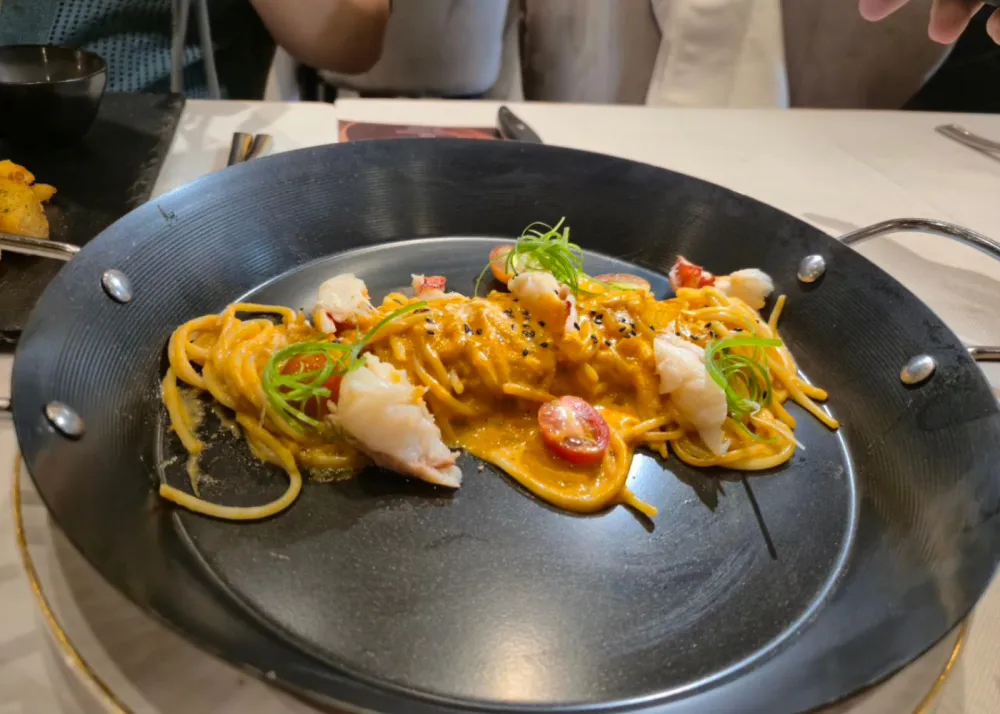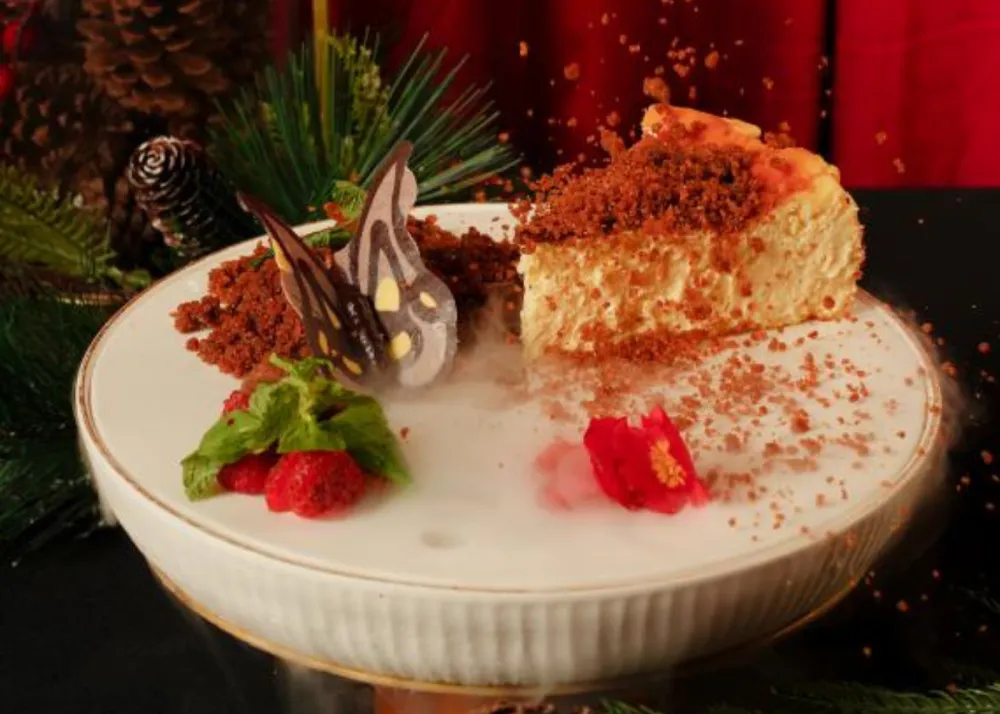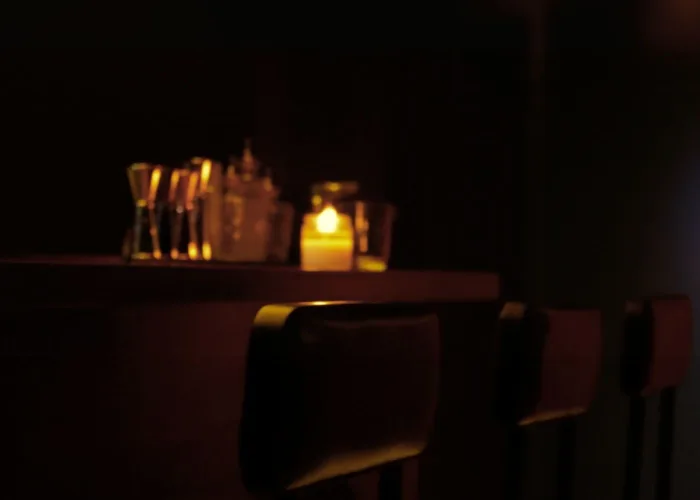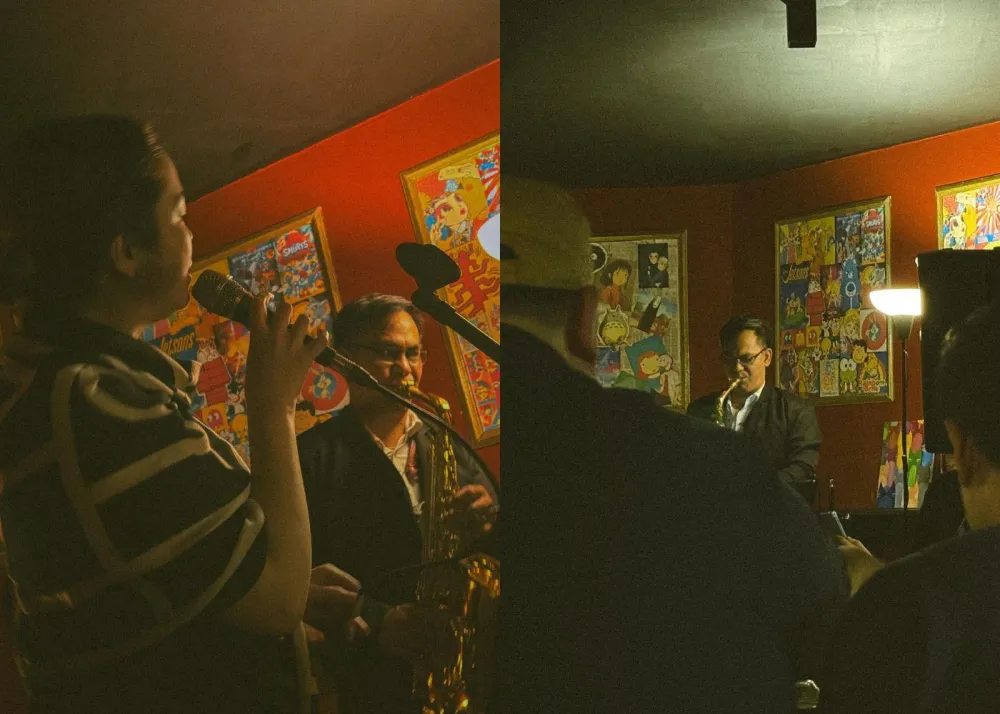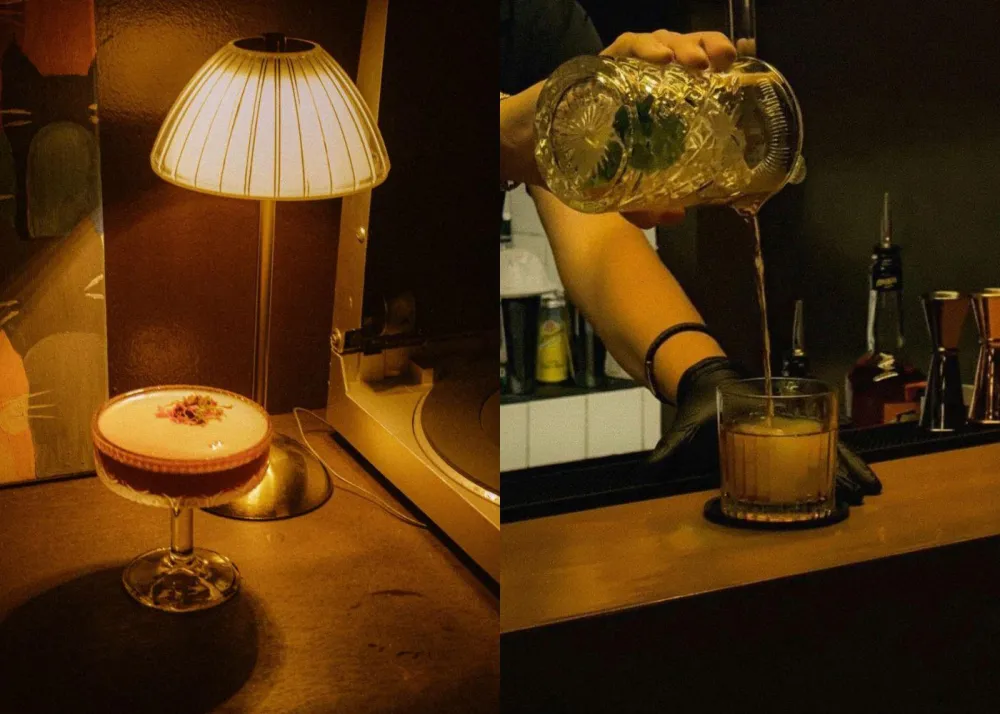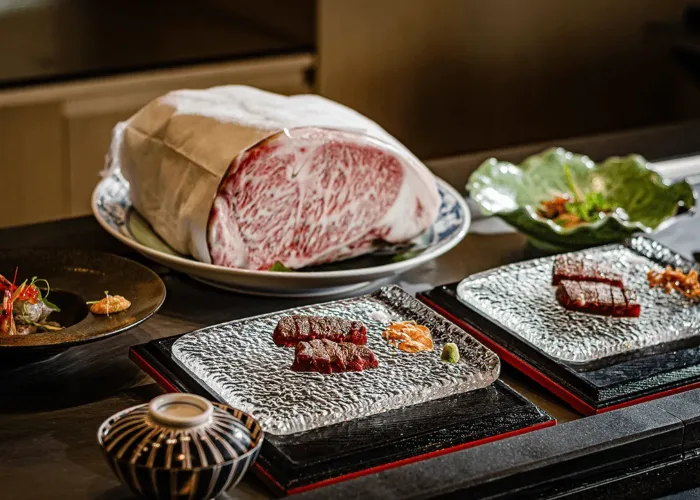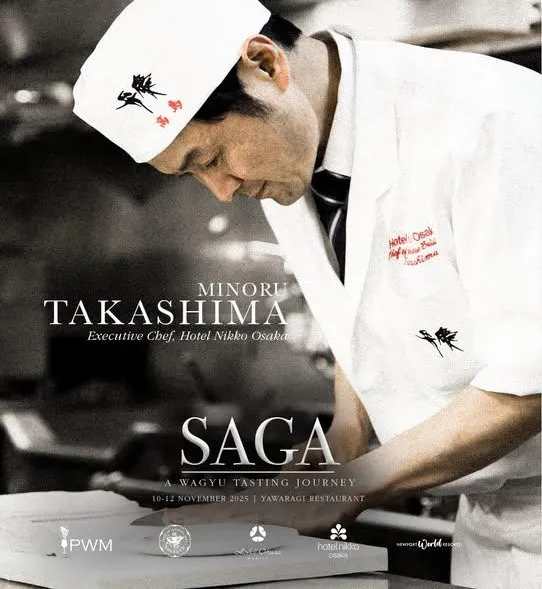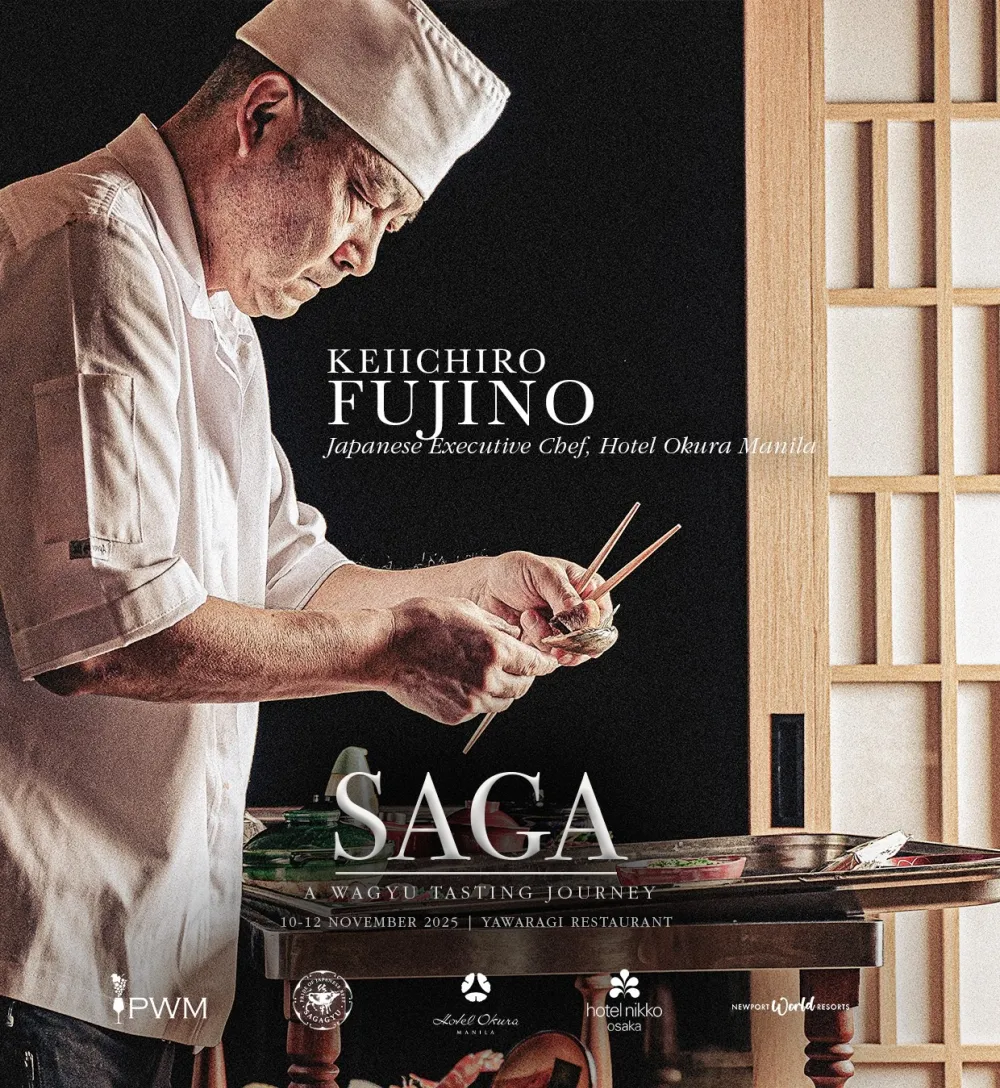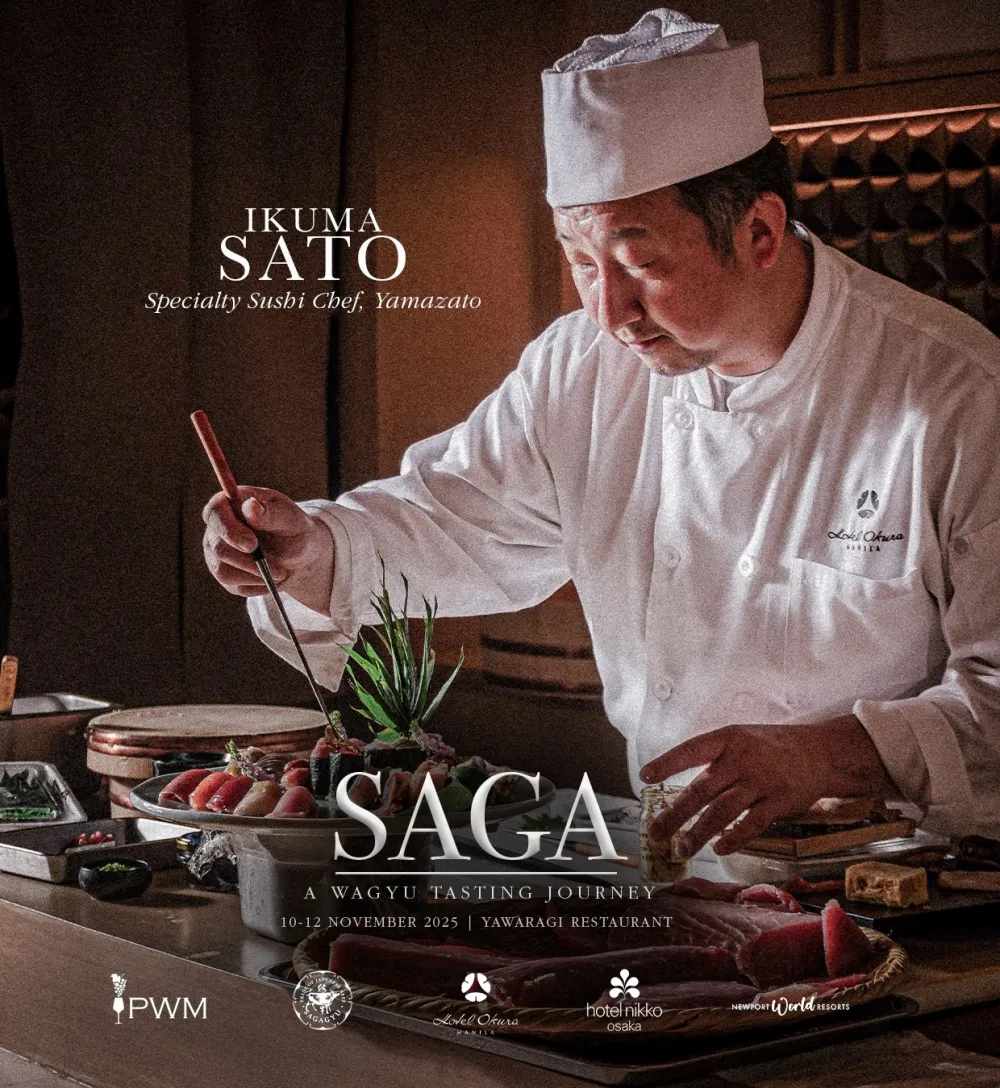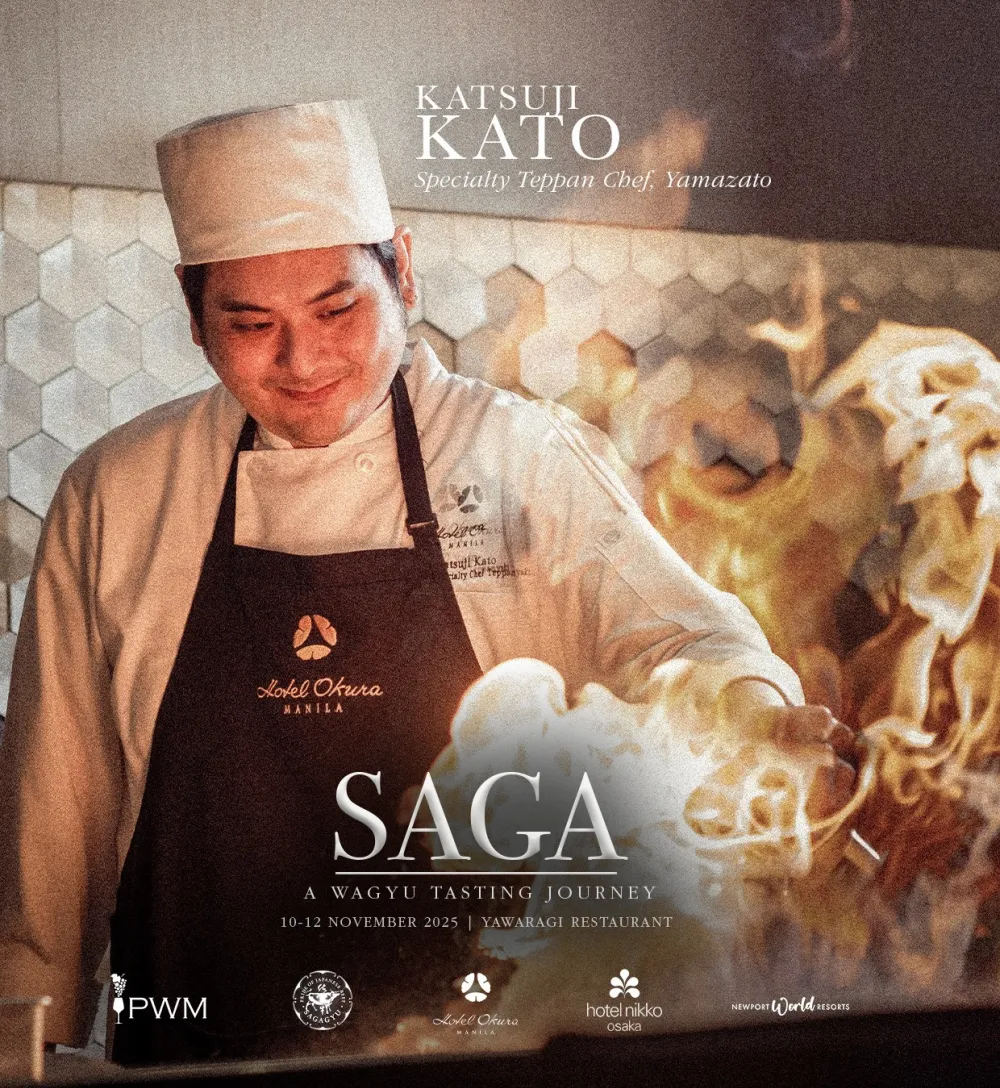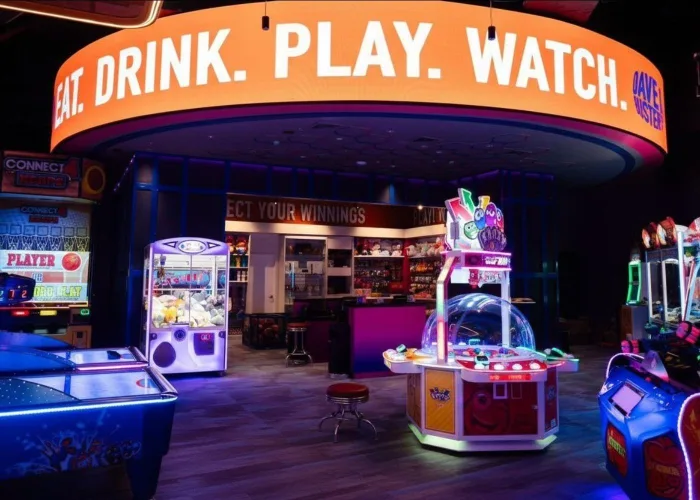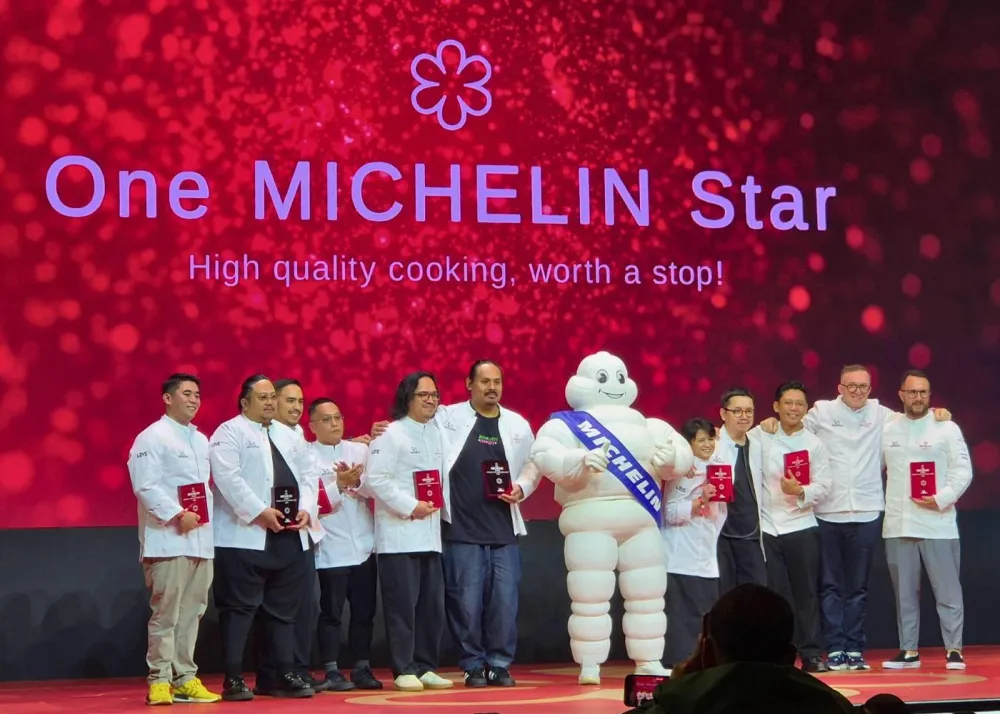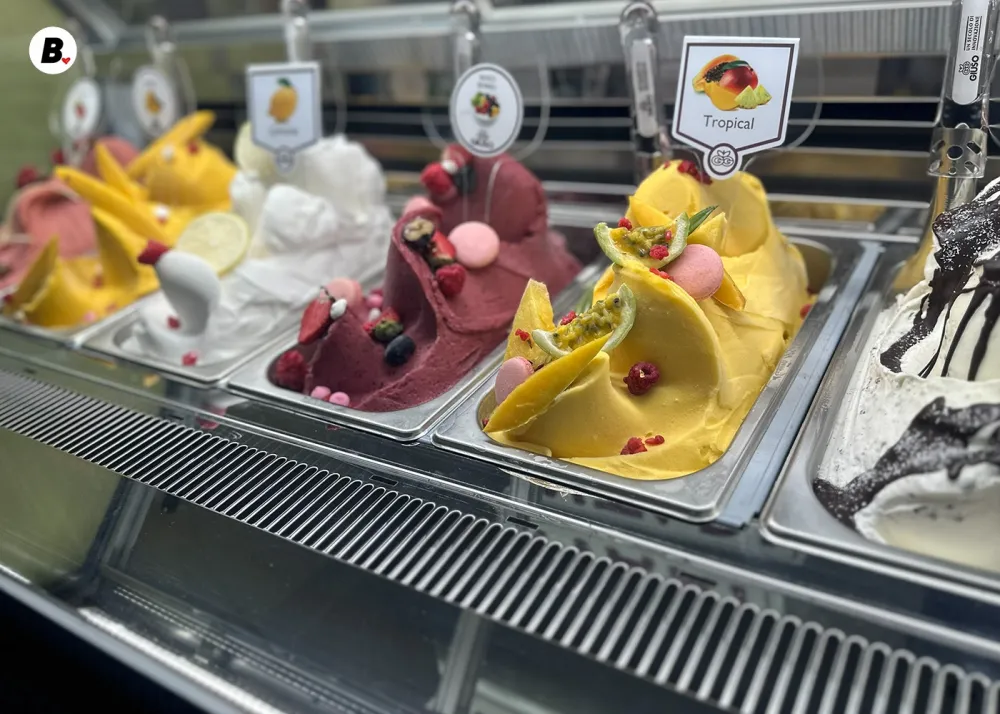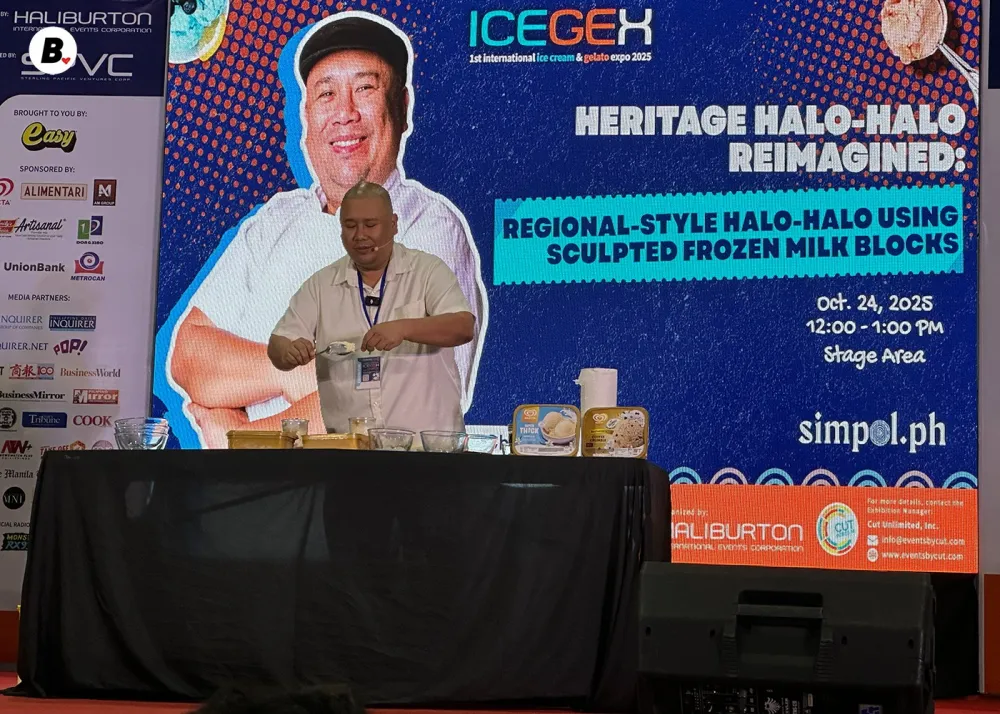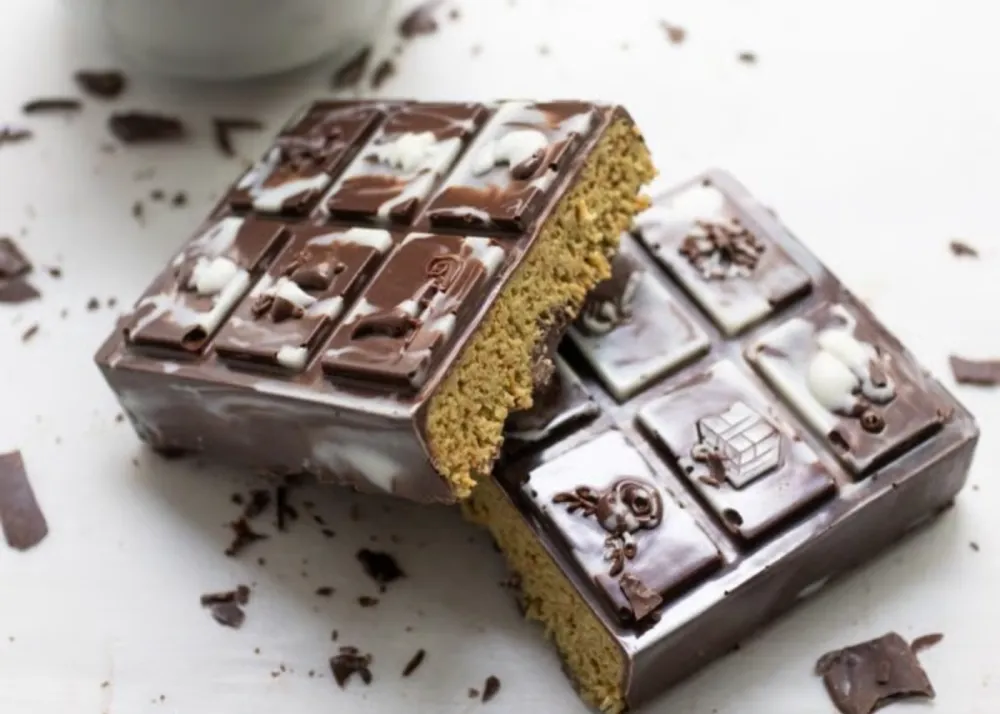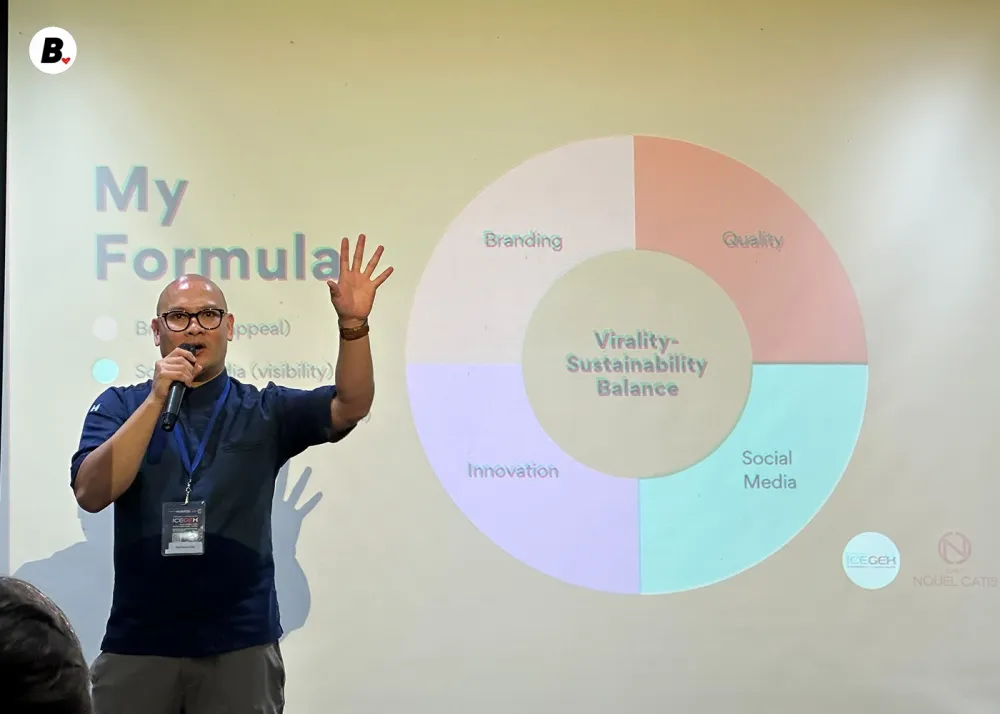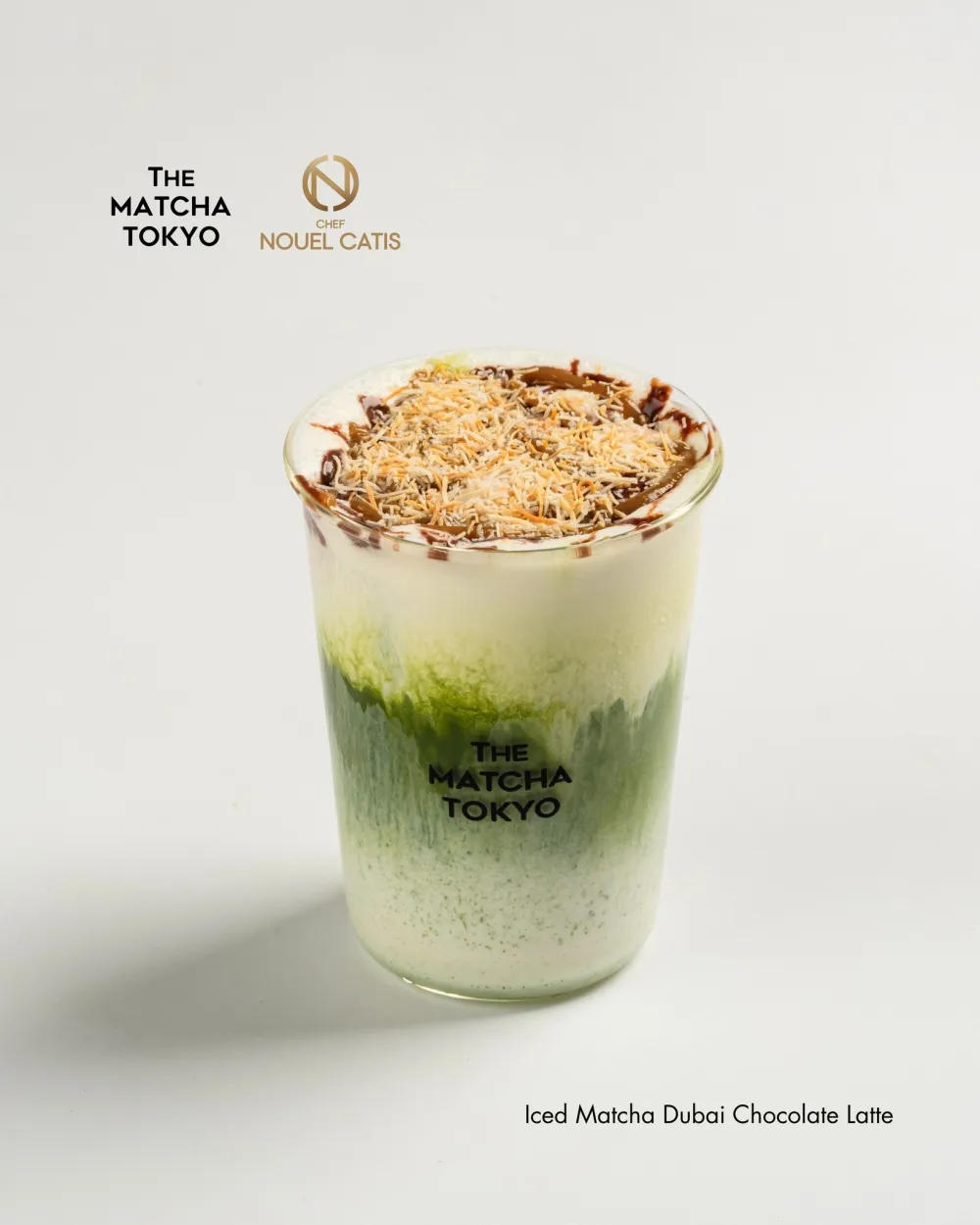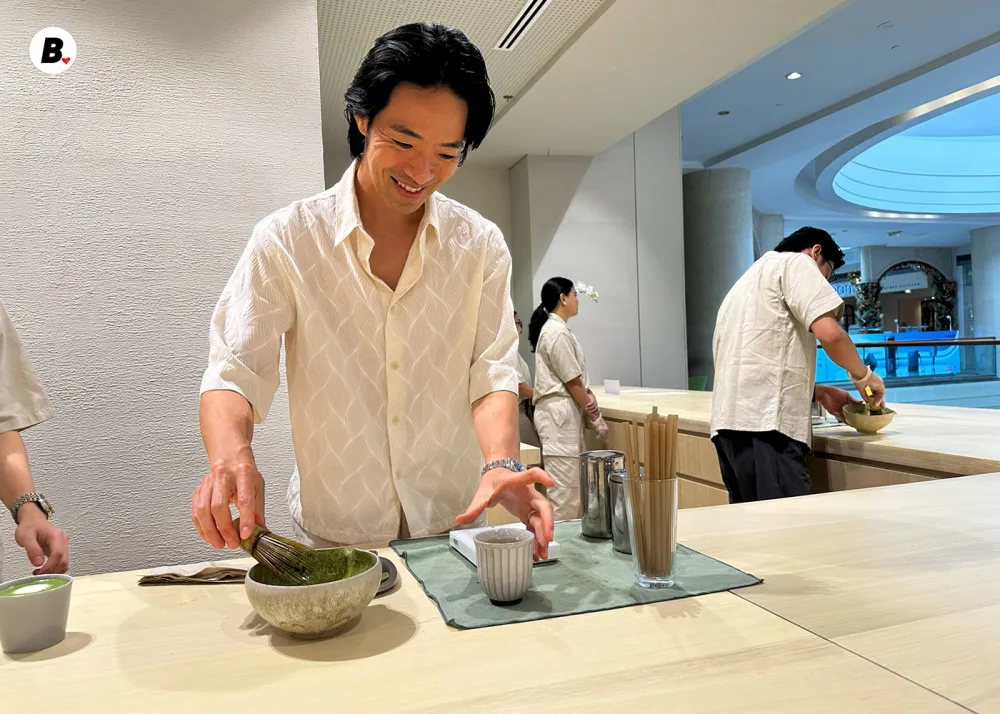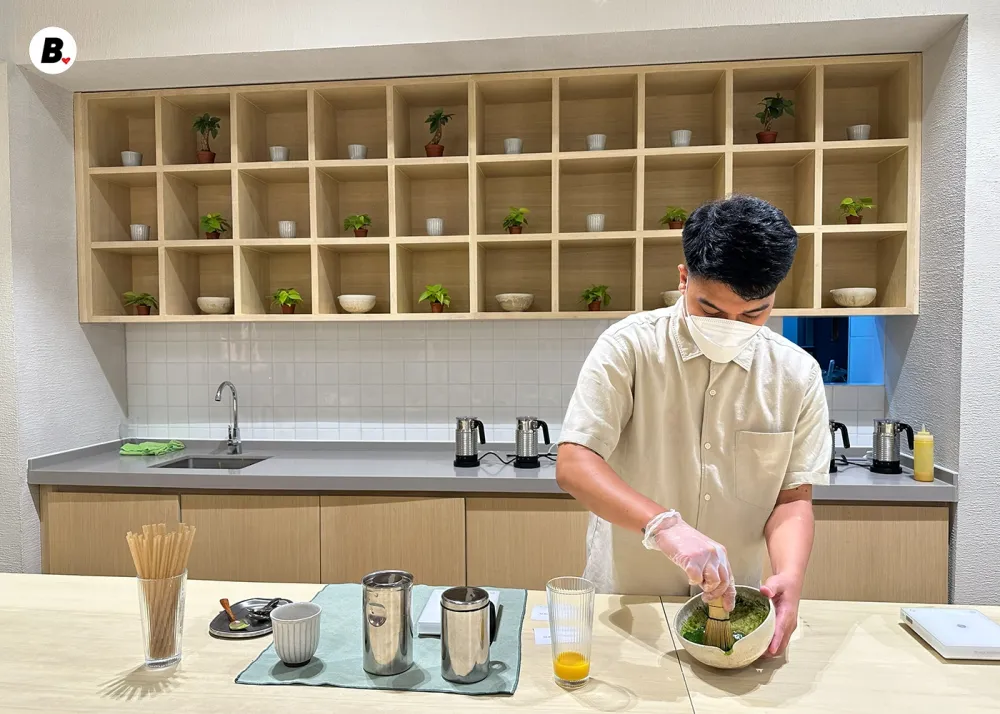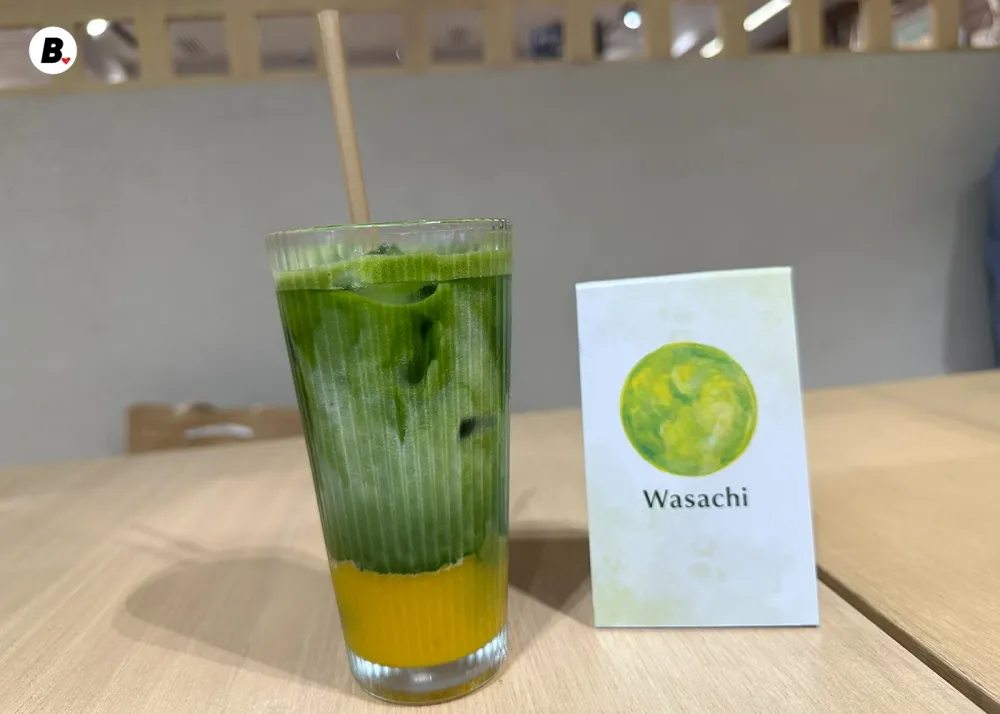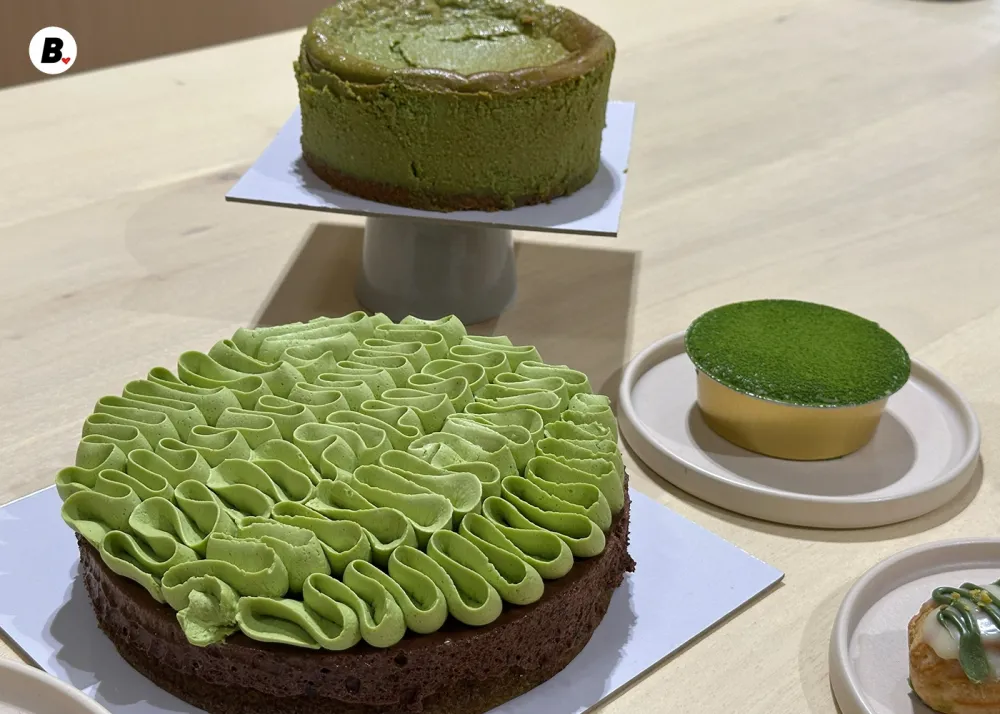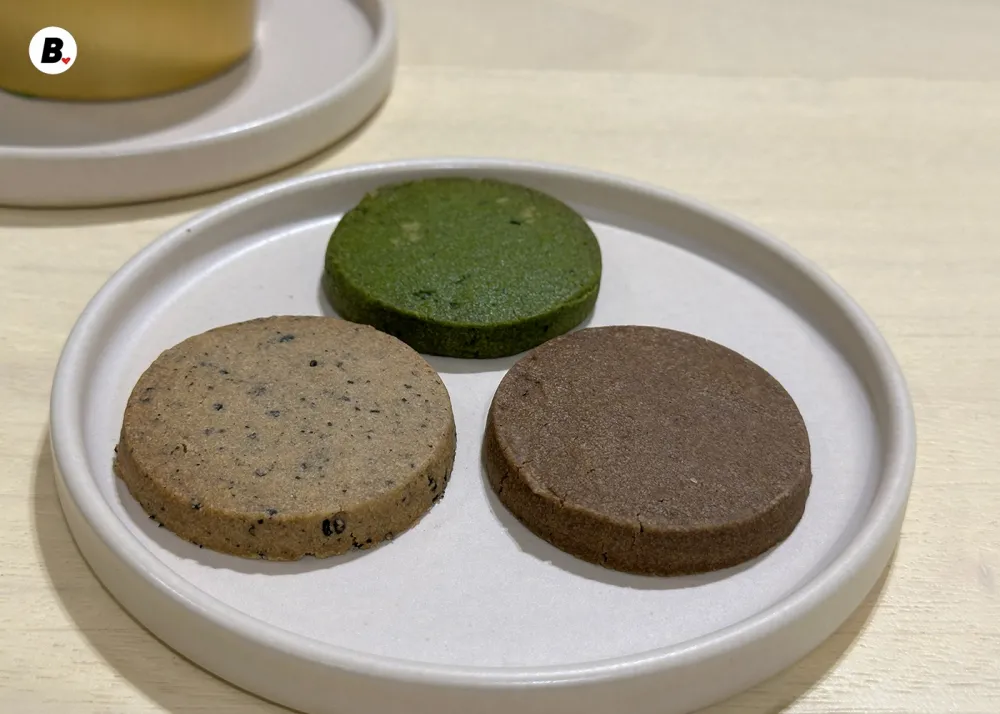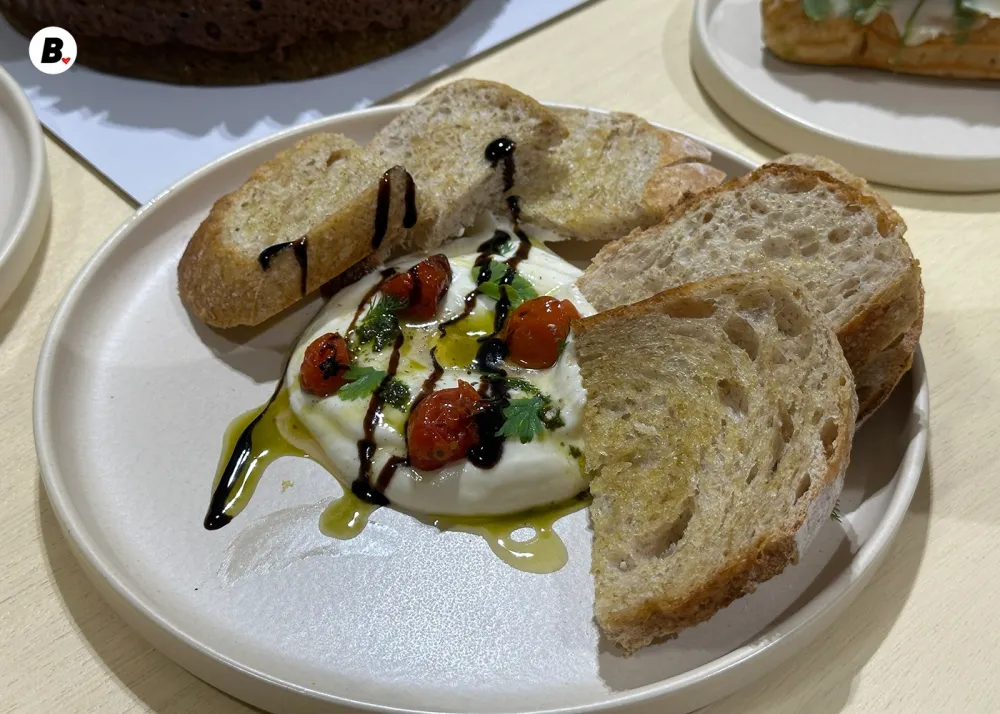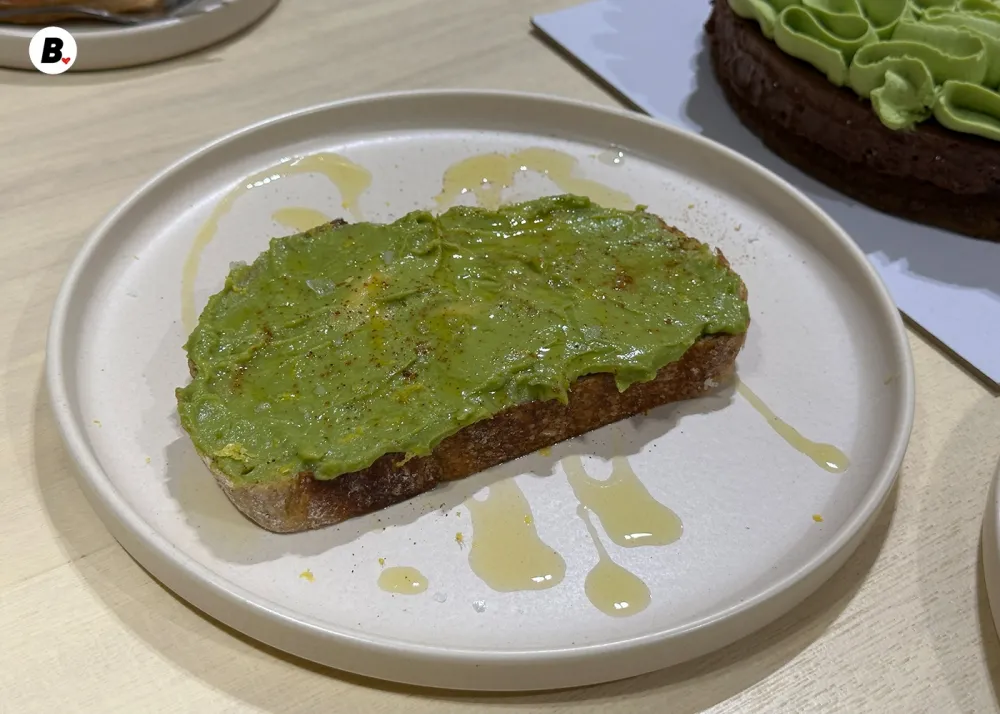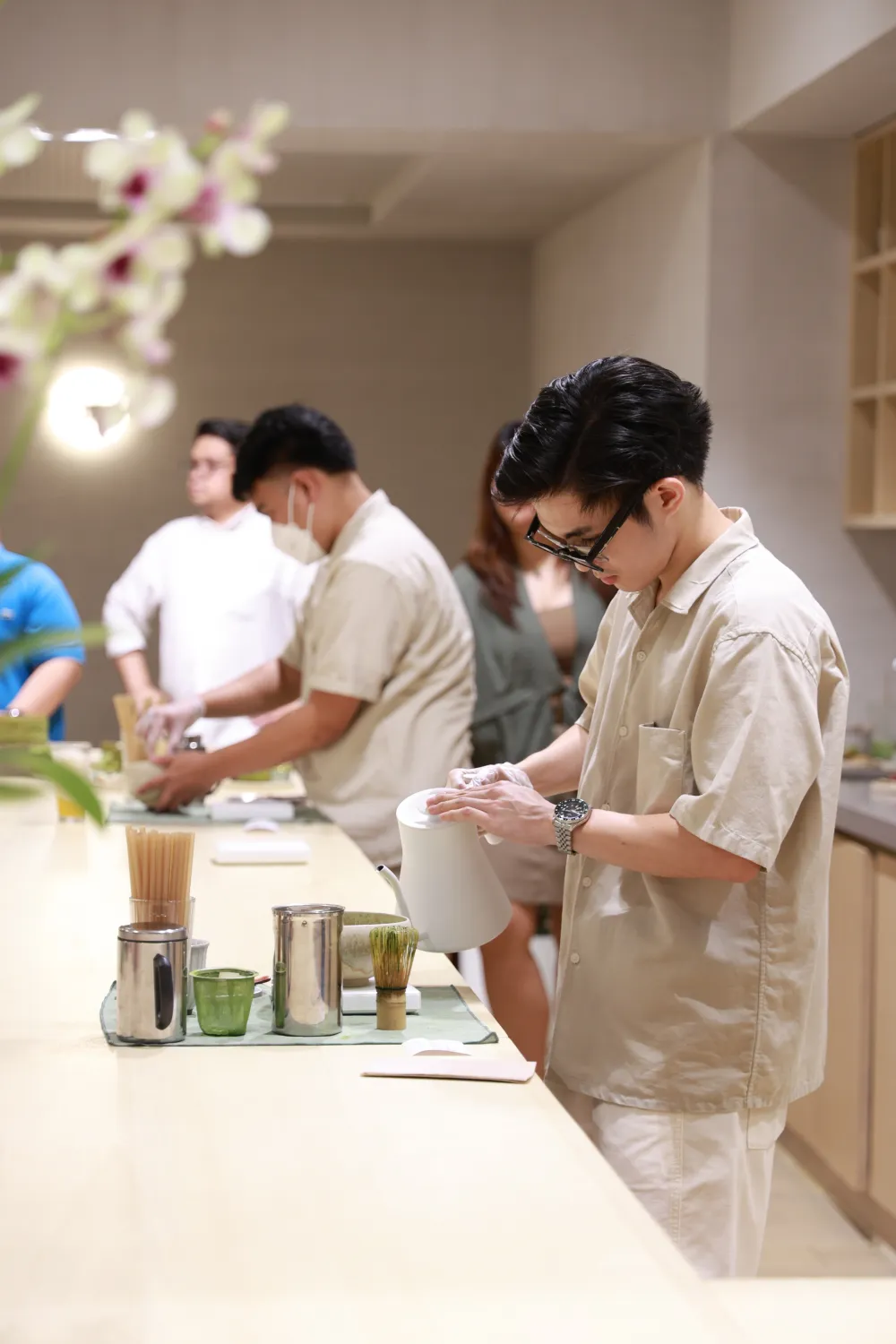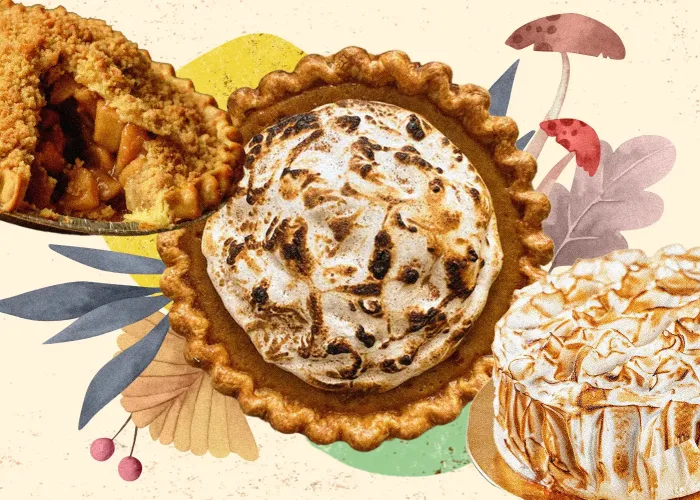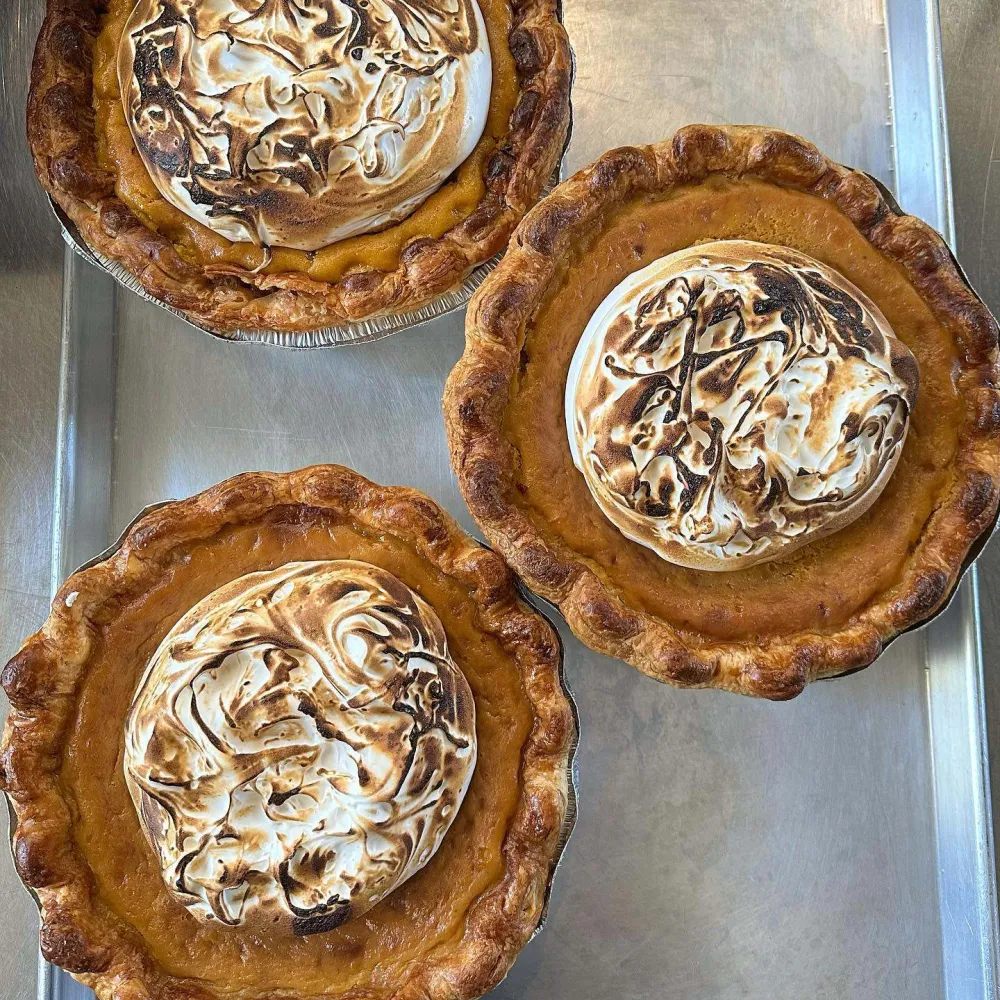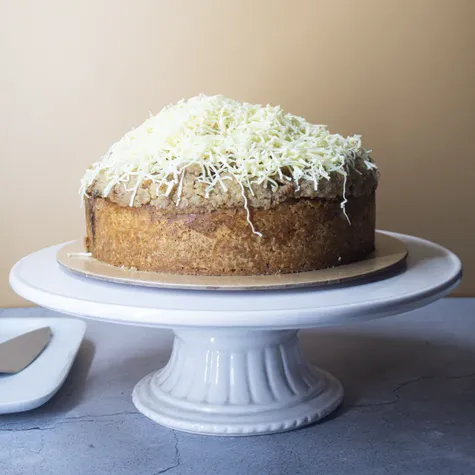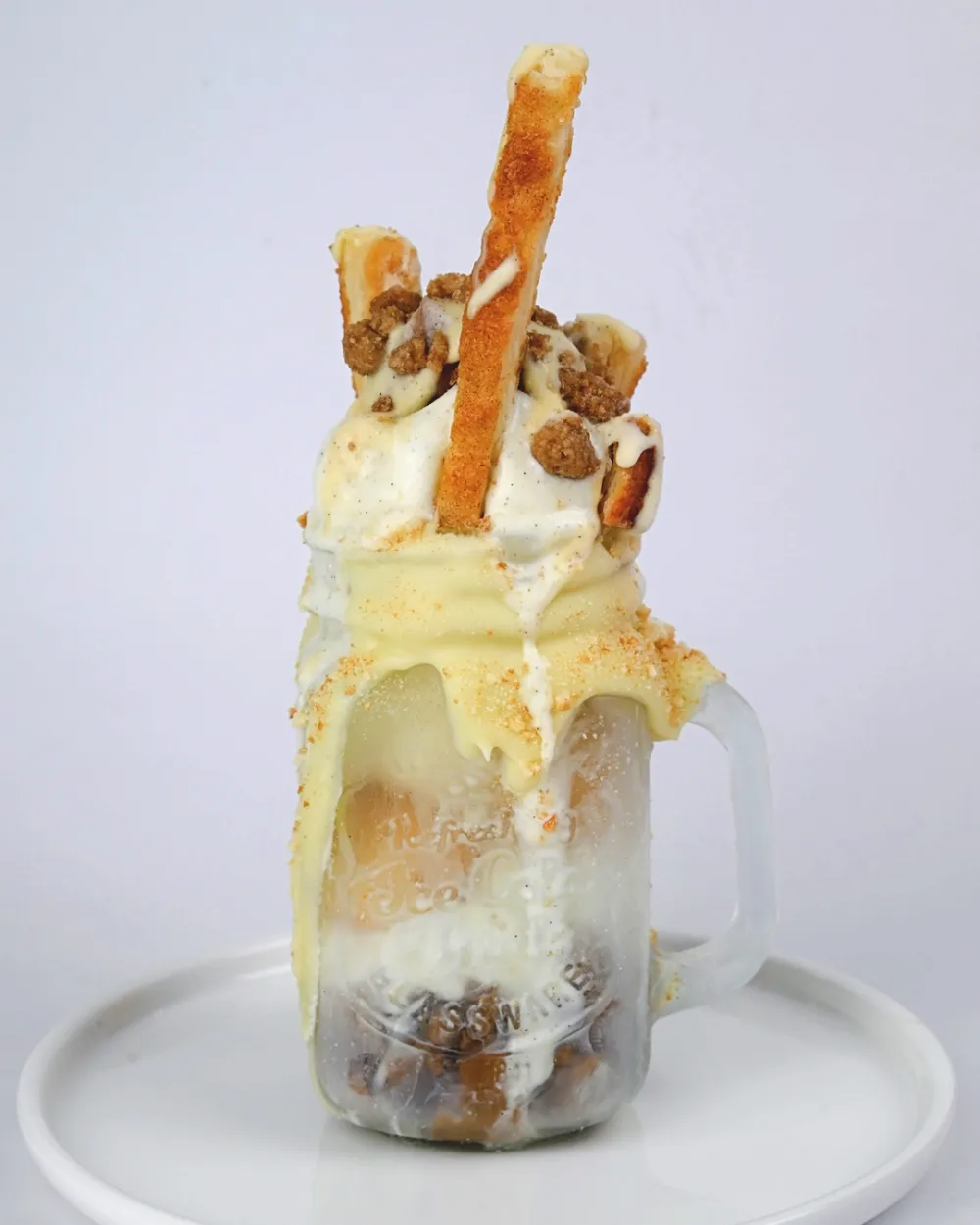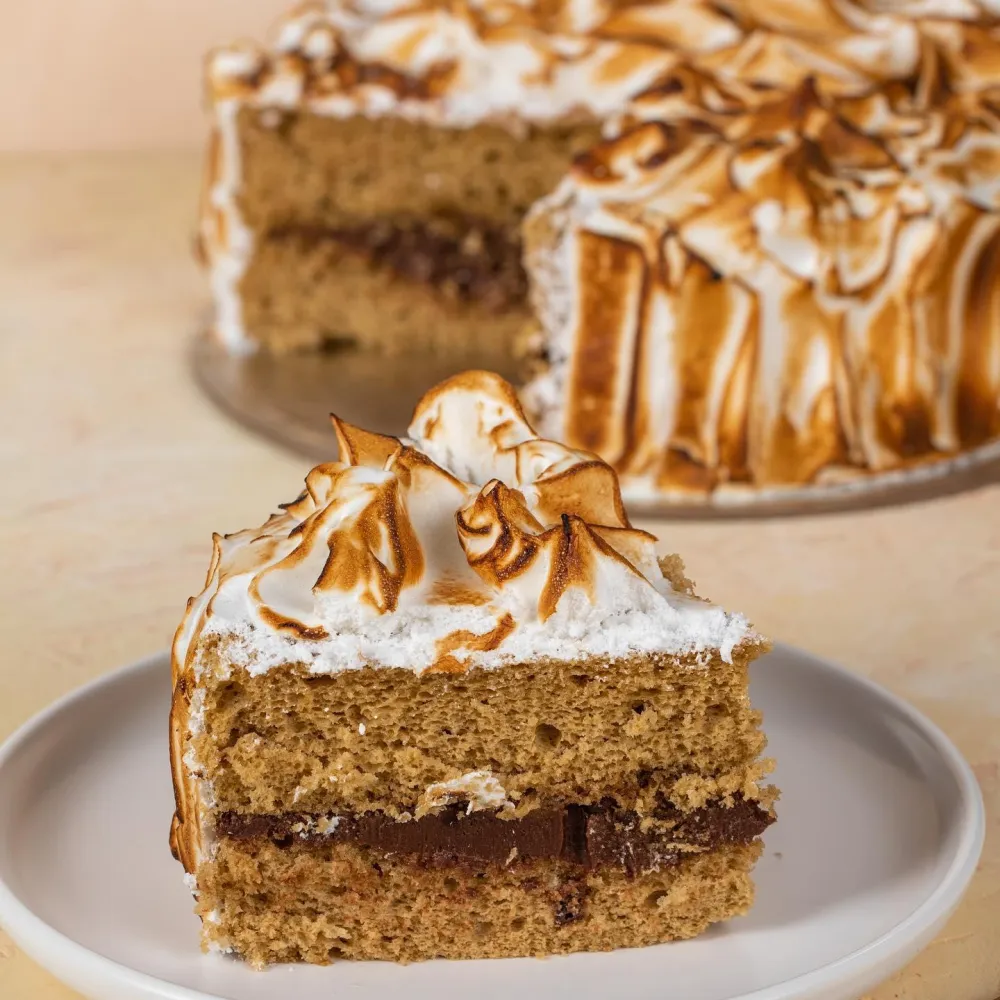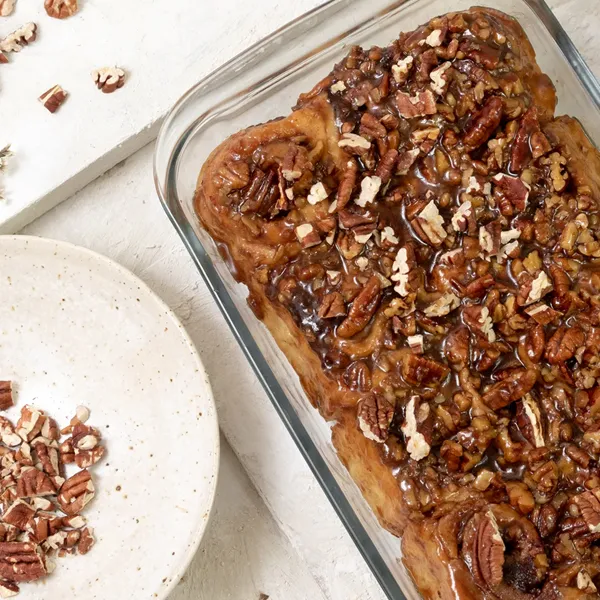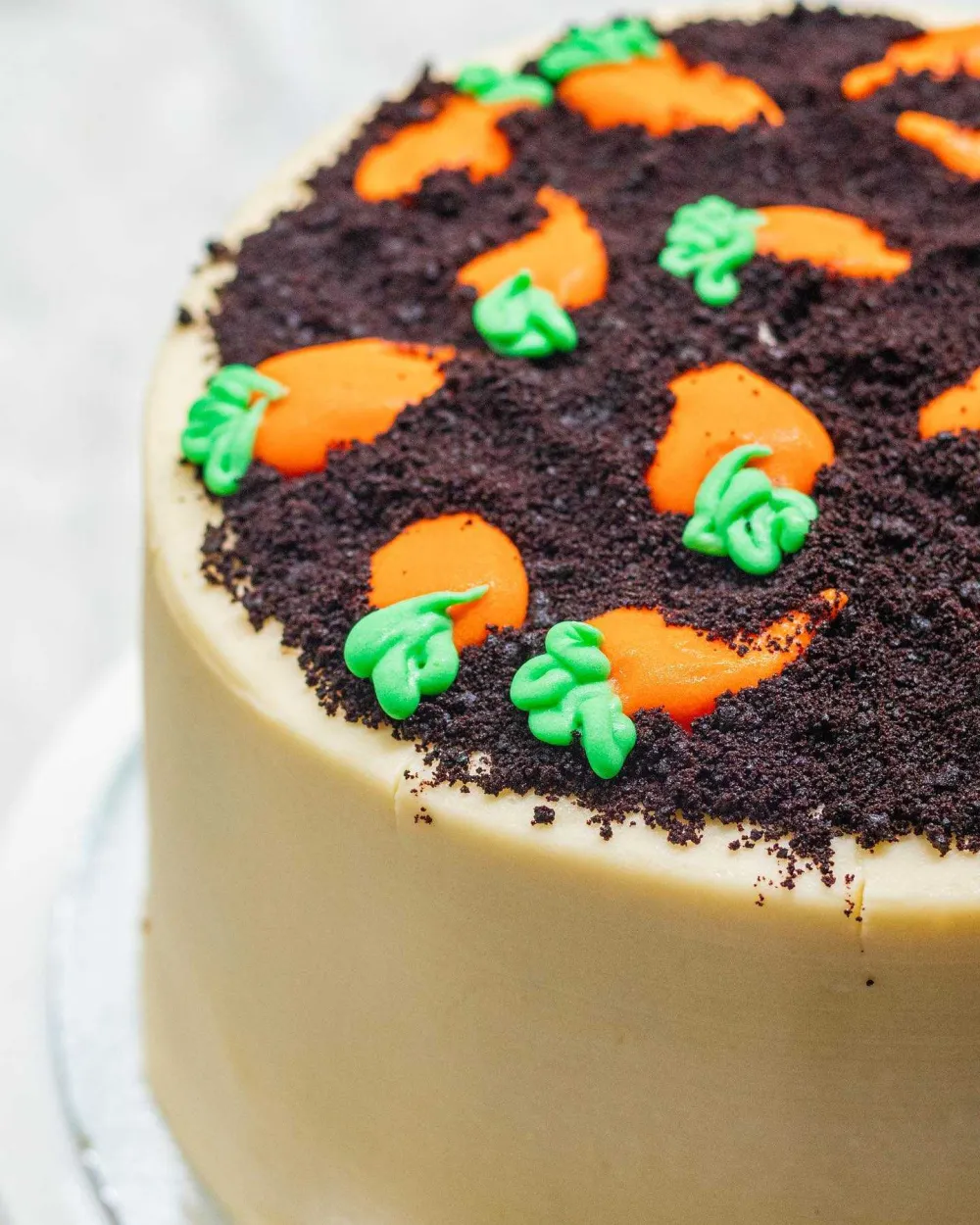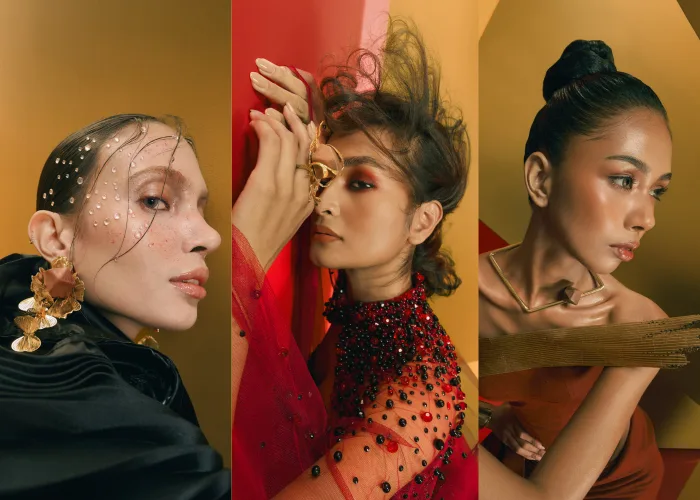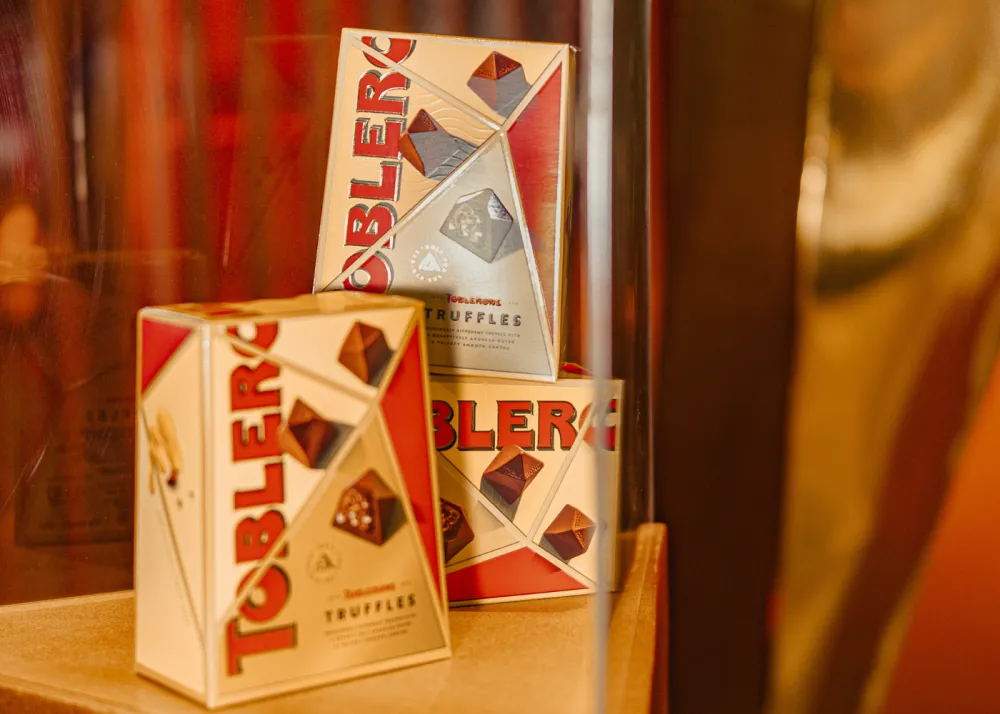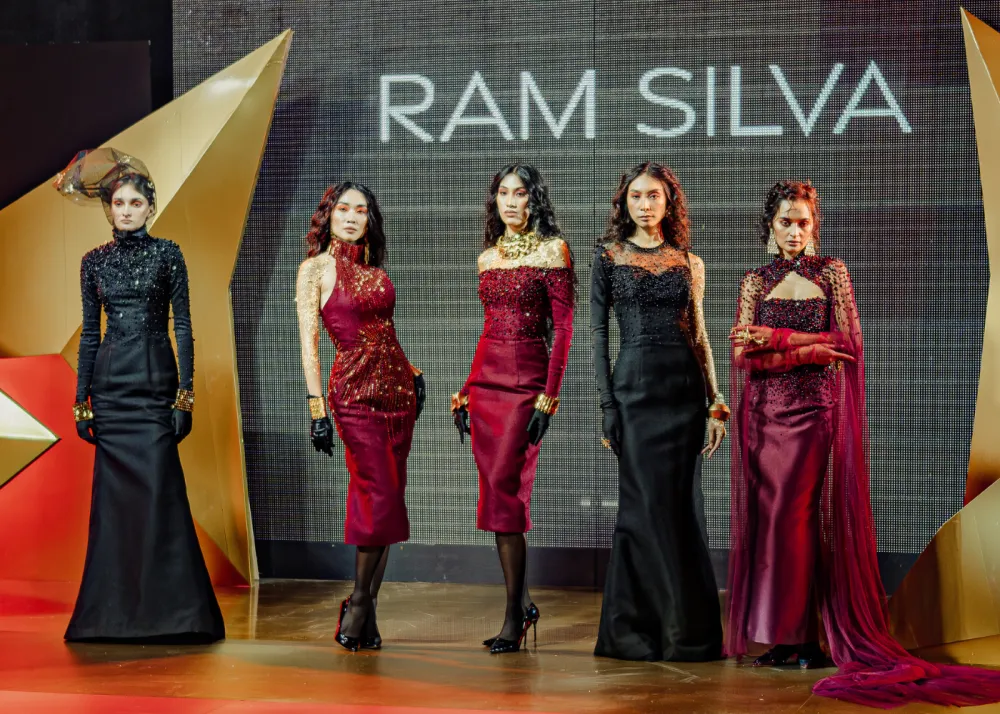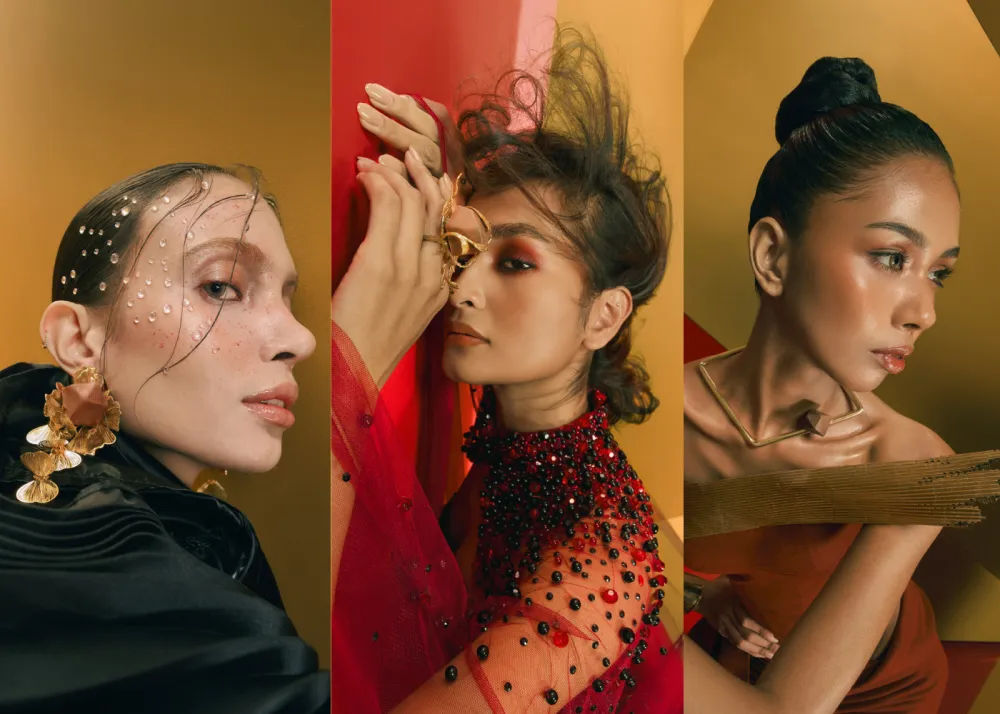Neat Pours, First Sips: A Glimpse Inside an Intimate Whiskey Masterclass
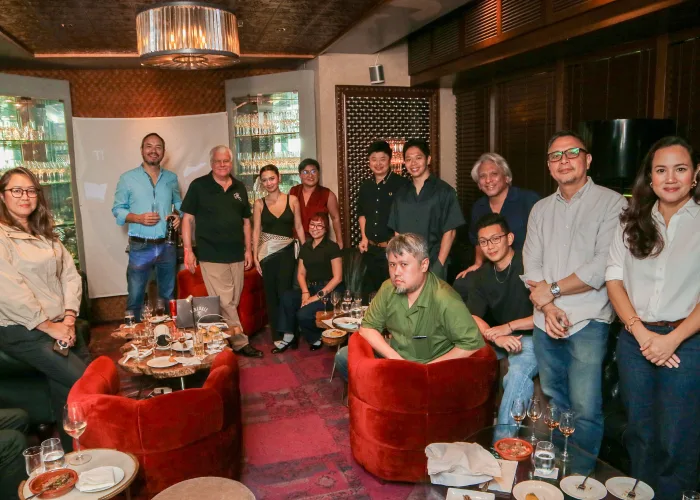
When it comes to alcohol, we’ve always found whiskey a little intimidating. It’s complex, deeply layered, and often feels more appropriate for seasoned drinkers—a hush collective of some sorts that seems to solely exist in its own circle of taste and tradition.
But, as we recently learned, what begins as an intimidating mystery can turn out into something rich, approachable, and surprisingly personal.
Last July 29, we entered Elbert’s Riedel Room with open minds, a beginner's palate, and a hint of reluctance—paired with a little bit of curiosity and eagerness to widen our inclinations to the spirit.
The venue itself felt “hush hush” in the best way: warm lighting, velvet chairs, rich leather couches and dark wood accents that wrapped the space in elegance. It felt secretive, yes—but also welcoming to everyone willing to walk through the door. And for first timers like us, that was more than enough to help us get settled in.
With a room gently filled with a smoky aroma, it was the perfect setting for a whiskey masterclass—this one led by Mr. Drew Mayville, a Master Blender from Buffalo Trace Distillery.
Surrounded by amber-gold pours, nosing copita glasses, and seasoned drinkers, class was in session.
Learning the Language, One Sip at a Time
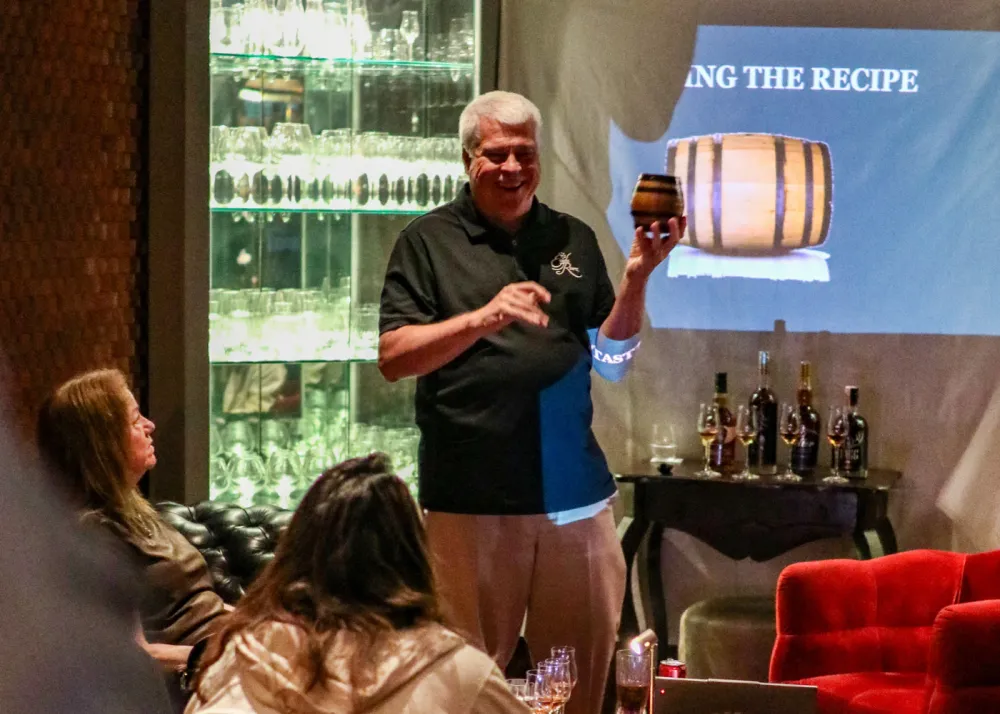
The masterclass was quite intimate, with just a handful of people in the room—including Mr. Drew Mayville himself. There wasn’t any podium or stage; just a casual conversation, with thoughtfully arranged glasses and an inviting atmosphere for anyone who wants to join in.
As class began, we quickly learned that whiskey isn’t just sipped or tasted for pleasure. Each bottle is carefully sampled by masters—like Mayville himself—who make precise decisions about the liquor’s quality, character, and readiness.
Like any new language, whiskey has its own vocabulary—and during the masterclass, we were gently eased into it, although most of the people in the room were already knowledgeable about the terms.
Words like bourbon (a barrel-aged American whiskey made from corn), single barrel (a select whiskey style that ages in one barrel), proof (twice the ABV content of a spirit), and nose (how it smells) were said here and there, but were explained with care and with proper context clues.
All the other terms felt intimidating to get introduced to, but everything started to make sense, one sip at a time. Drew Mayville even introduced us to the “Bourbon Tasting Wheel,” a guide that helped us identify flavors and elevate our appreciation for the spirits in each glass.
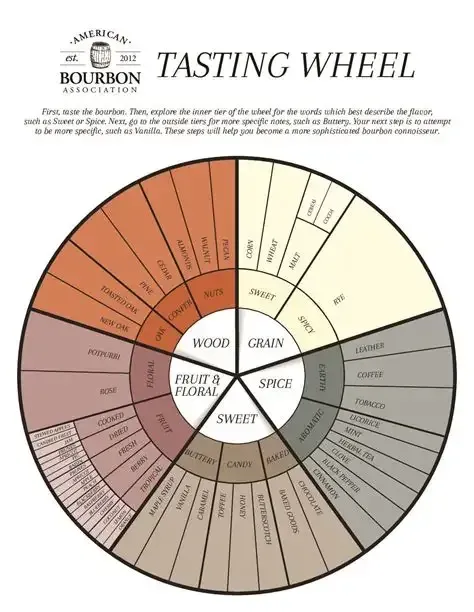
Our First Sips: The Tasting Experience
Four nosing copita glasses were lined up in front of each guest, each one holding a dram of bourbon from Buffalo Trace Distillery: Buffalo Trace, Eagle Rare, Weller Full Proof, and Stagg.
To properly taste each one, Drew Mayville shared that a single sip isn’t enough to truly understand a bourbon. The first sip, he said, only “shocks” the palate—the ethanol being the dominant sensation. It’s only on the second sip that the actual flavors begin to rise. By the third, like how master blenders do it, is when we start to notice the transitions; the way the notes unravel, settle, and linger.
It’s a process that slowly tunes in and allows the bourbon to introduce itself fully sip by sip.
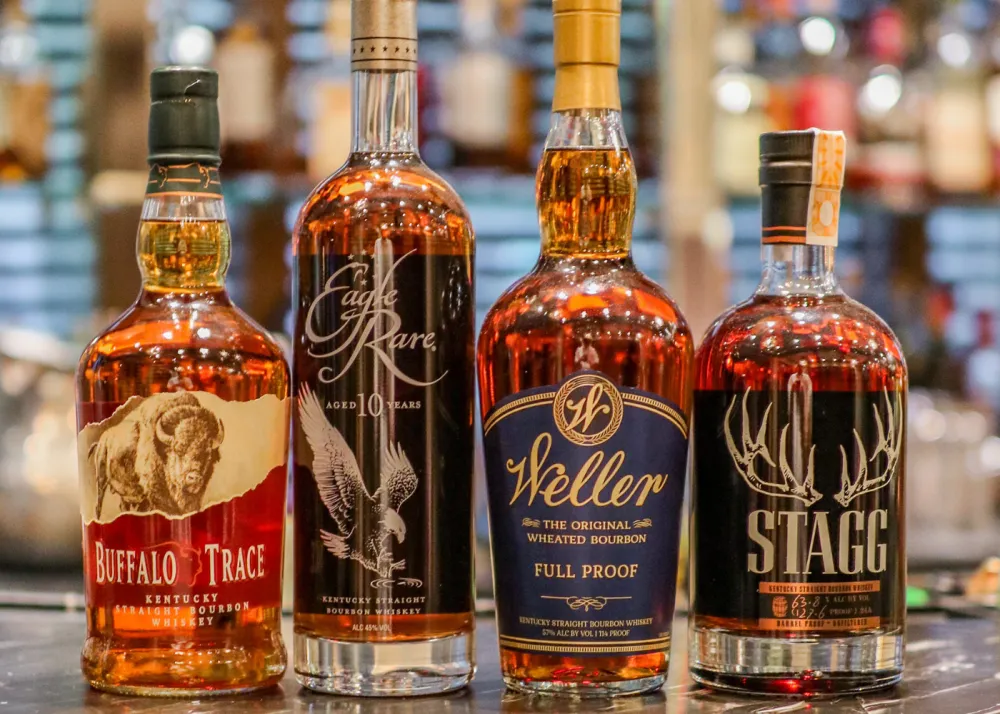
Buffalo Trace
The first one of the four, Buffalo Trace has a 45% ABV. On the nose and palate, it offers warm notes of vanilla, mint, molasses, and stone fruits like peach, cherry, and plum. Once it settles on the tongue, it tastes pleasantly sweet, with a hint of brown sugar and a touch of spice that unfolds into deeper flavors.
The bourbon finishes smoothly and confidently, with a lingering spice and a surprising depth that leaves quite an impression.
Eagle Rare
Eagle Rare is a 10-Year-Old bourbon whiskey, clocking in at 45% ABV. It offers sweet notes of toffee and honey, with hints of orange peel, and earthy notes of herbs, leather, and oak on the nose. The taste is quite bold, dry, and delicate, settling on the tongue with sweet hints of candied almonds, brown sugar, raisin, and a rich taste of cocoa.
It finishes quite dry and lingers on the tongue with a spice and a touch of old leather.
Weller Full Proof
The Weller Full Proof has an ABV of 57% and is sweet to the palate. It has a nose of vanilla, dark cherries, caramel, baked apples, and oak. The sweetness continues with its taste, giving a velvety mouthfeel with luscious hints of cherry, orange, cinnamon, caramel, dark honey, and sweet vanilla.
A perfect choice to pair with desserts, the bourbon finishes long like crème brûlée, with a touch of dark chocolate, and the warmth of toasted oak.
Stagg
Standing at an ABV of 67.2%, the Stagg is strong and bold, with sweet notes of apricot, caramel, apple, chocolate, and brown sugar. The taste is quite rich, with toffee, caramel, and black cherry balancing perfectly with rye spiciness, orange, and black tea.
The Stagg lingers long after you’ve taken a sip, with hints of dark chocolate, cinnamon, cloves, finishing well with citrus and smoky oak.
Questions Worth Asking as a Beginner
After savoring each bourbon and slowly building our whiskey vocabulary, curiosity followed. We realized that asking questions—especially to a Master Blender like Drew Mayville, was just as essential as the tasting itself.
Fortunately, he was more than happy to indulge The Beat Asia and all our beginner questions, with patience, insight, and a friendly smile.
For those starting out their whiskey and bourbon journey, Drew recommended Benchmark, a 40% ABV expression with sweet notes of caramel and stone fruit. But for those willing to try it neat, he said Buffalo Trace is the best one to start with.
Another question we asked was whether it was better for beginners to drink their whiskey neat or with a dash of water. Drew’s advice? “Sip it the way you like it.” Whether it’s in a cocktail, with a splash of water, or served neat, what matters is learning to enjoy the taste before diving deeper into the world of whiskey.
When it comes to training the palate to recognize more tasting notes, Drew emphasized that it takes time and practice. “You have to just taste, taste, and taste, and you’ll have to accept the flavors and understand the taste of it all.”
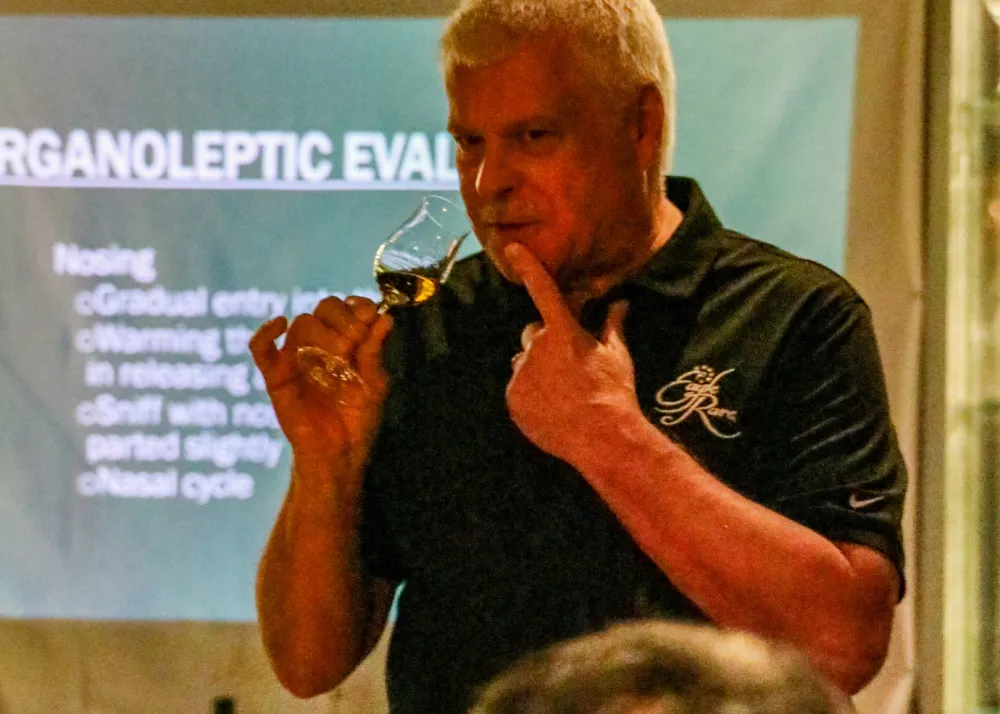
One misconception he’s noticed is that some people add only a small amount of bourbon to cocktails, so they won’t taste it. For Drew, it should be the opposite—bourbon and whiskey should be tasted, not hidden. That said, he admits that he’s not a fan of highballs, personally preferring to drink his whiskey neat.
We also asked, “If we can’t taste all the notes, are we doing something wrong?” Drew reassured us that it’s perfectly normal. “Everybody is different. Some people can smell certain things, and others can’t,” he shared. “You can get better at detecting flavors—with practice.”
As a parting piece of advice, Drew encouraged us to keep exploring different spirit categories and expressions. Of course, curiosity is always there whenever we’re trying out something new.
Final Thoughts

As we quietly settled down, finishing what was left in our glasses, we found ourselves to be little less intimidated about the world of whiskey, with a newfound appreciation for this largely misunderstood spirit.
What began as a night riddled with beginner’s reluctance and curiosity slowly turned into one that was quite educational and eye-opening, understanding why whiskey has earned a mystified and hushed reputation among different social circles.
Whiskey is a spirit with depth, and when you take some time to understand it, its different expressions and vocabulary, it slowly welcomes you into its world—one gloved hand at a time.
Learn more about Buffalo Trace Distillery and their products here. Follow Grand Cru Wines and Spirits Inc. on Instagram.
Get the latest curated content with The Beat Asia's newsletters. Sign up now for a weekly dose of the best stories, events, and deals delivered straight to your inbox. Don't miss out! Click here to subscribe.



